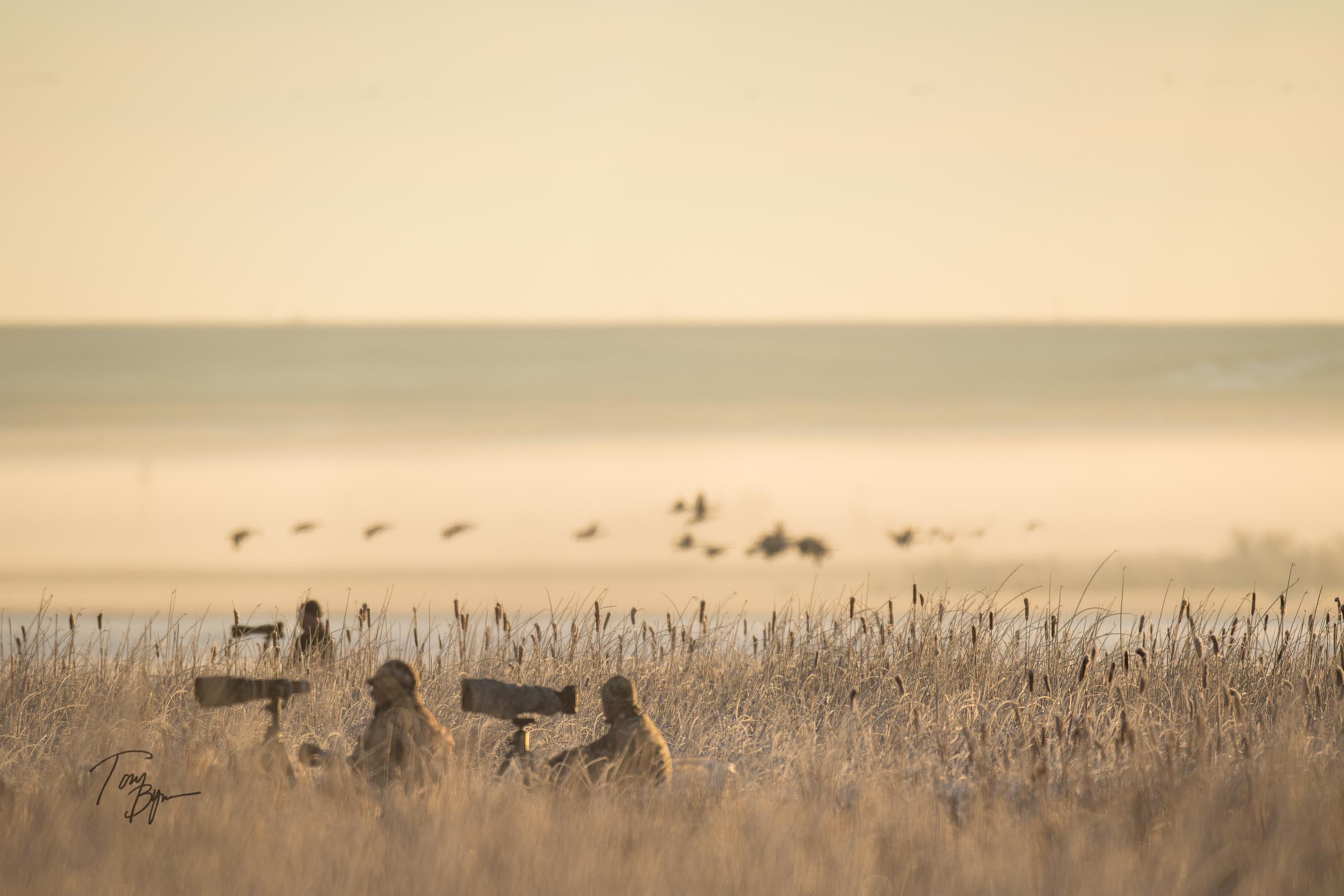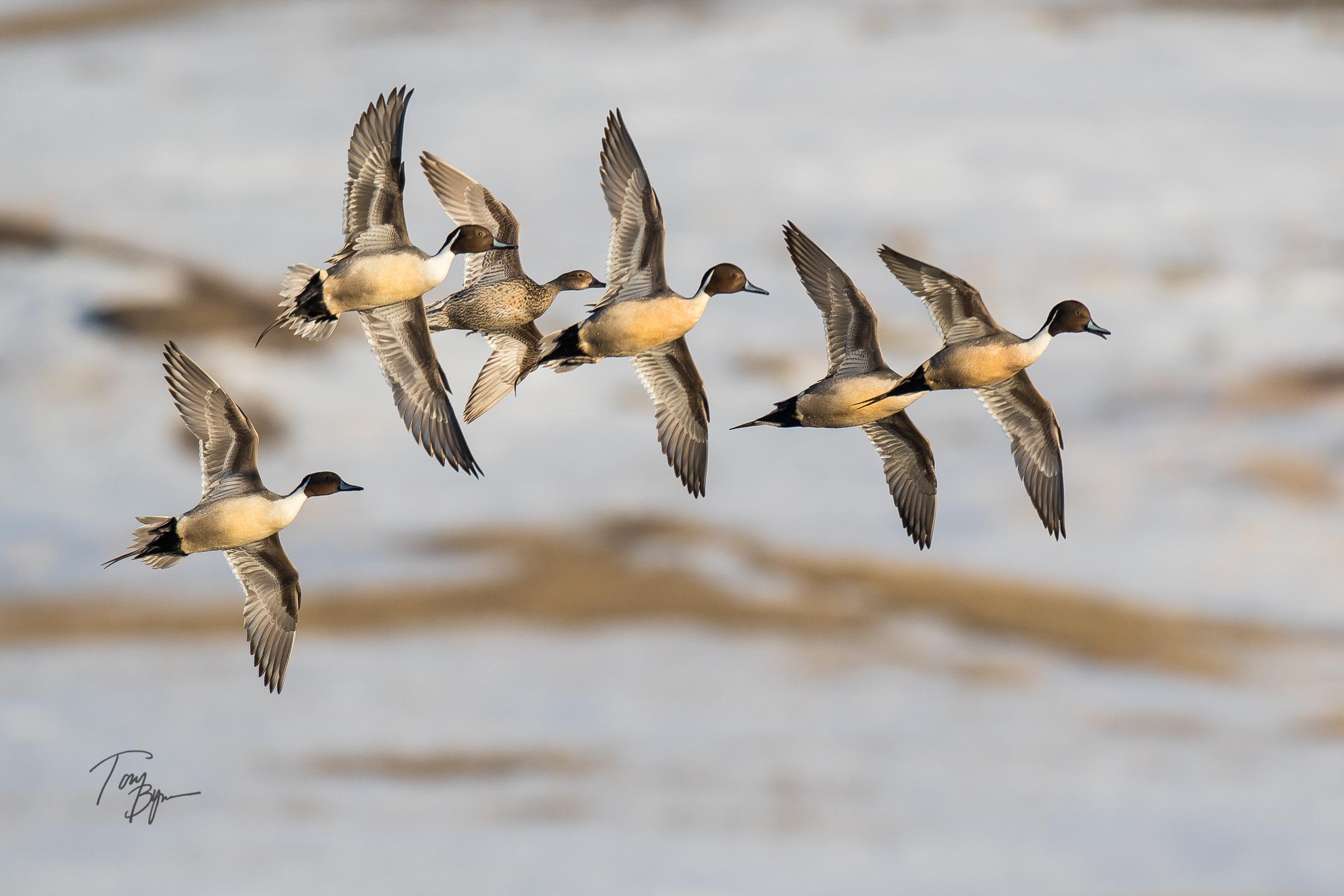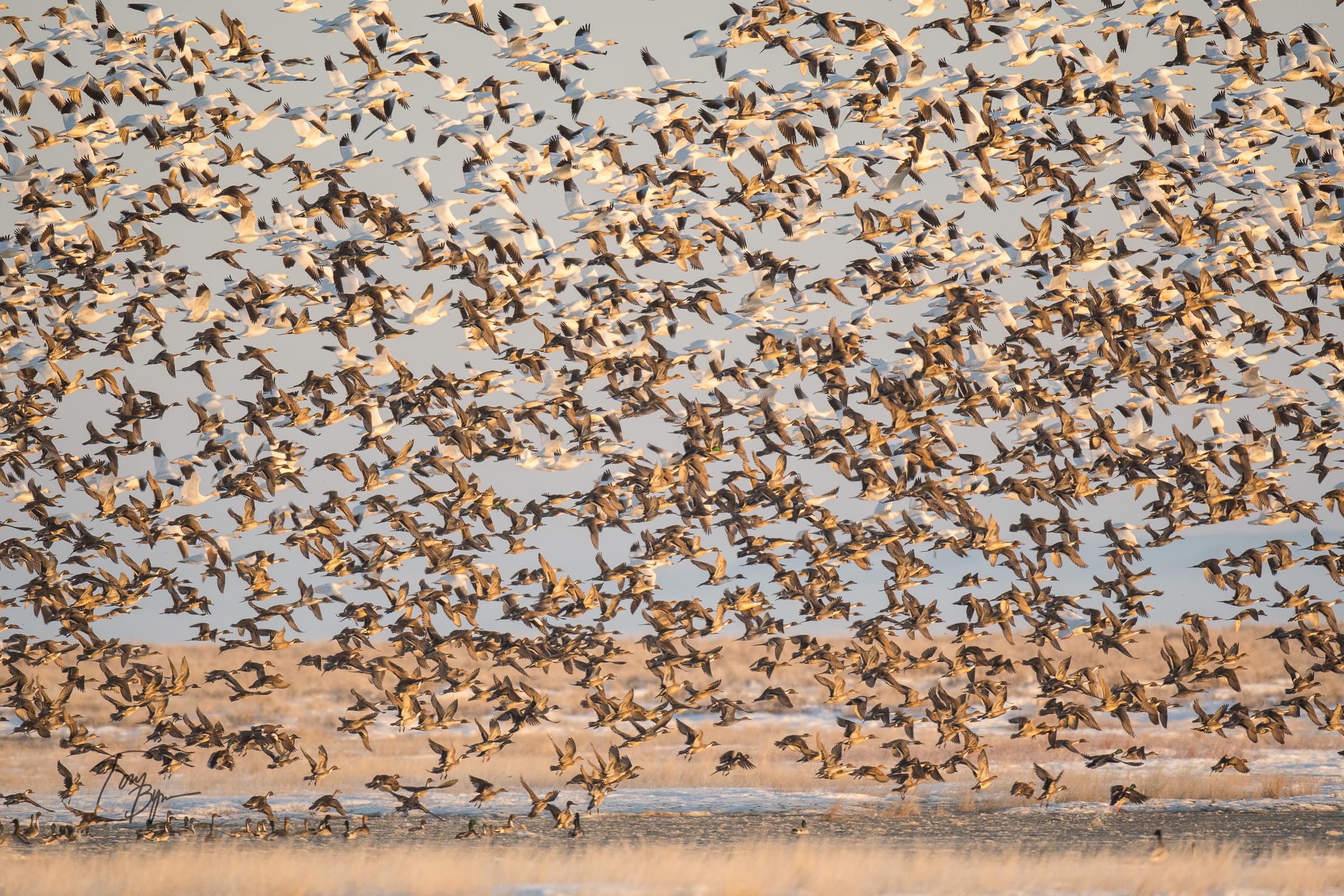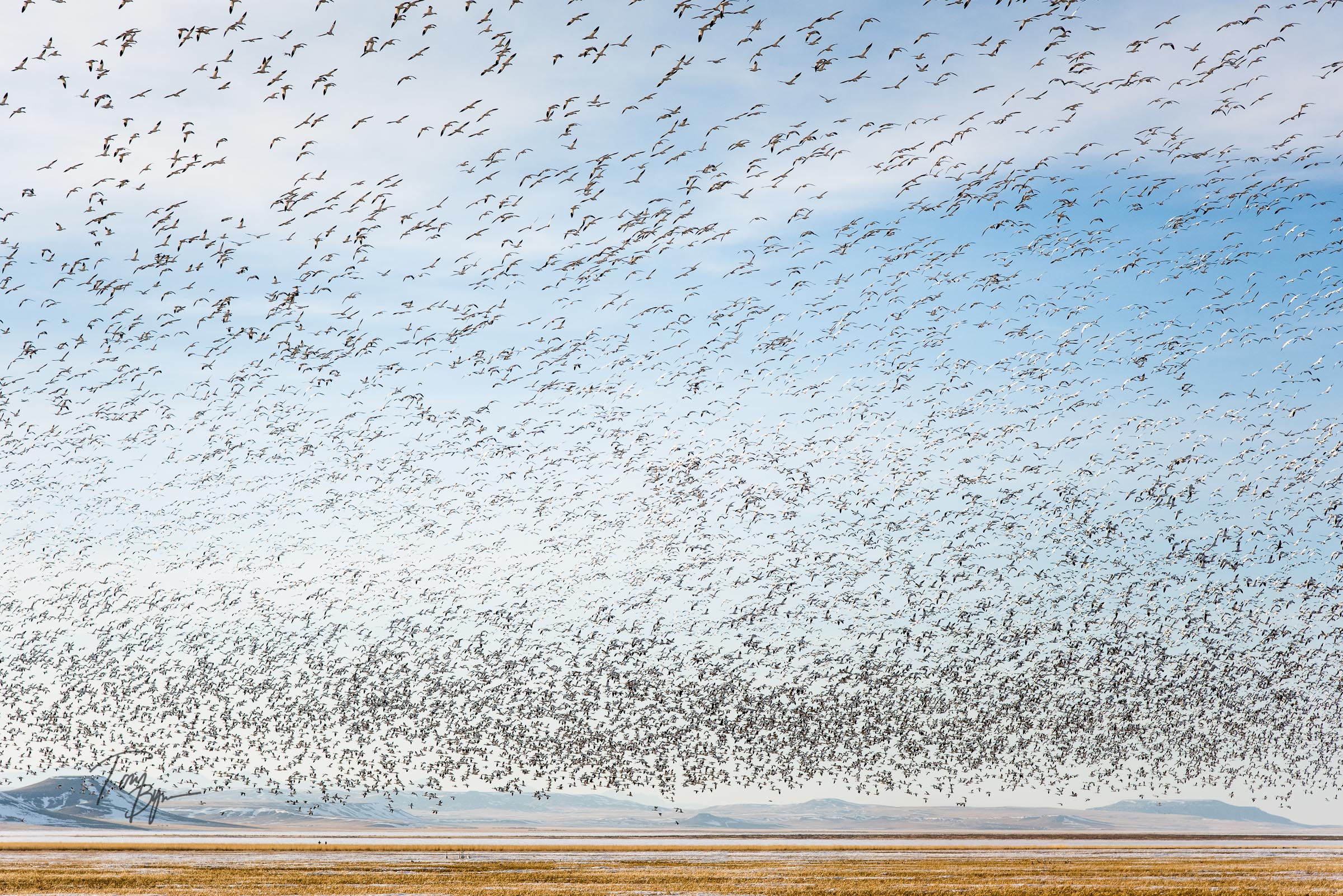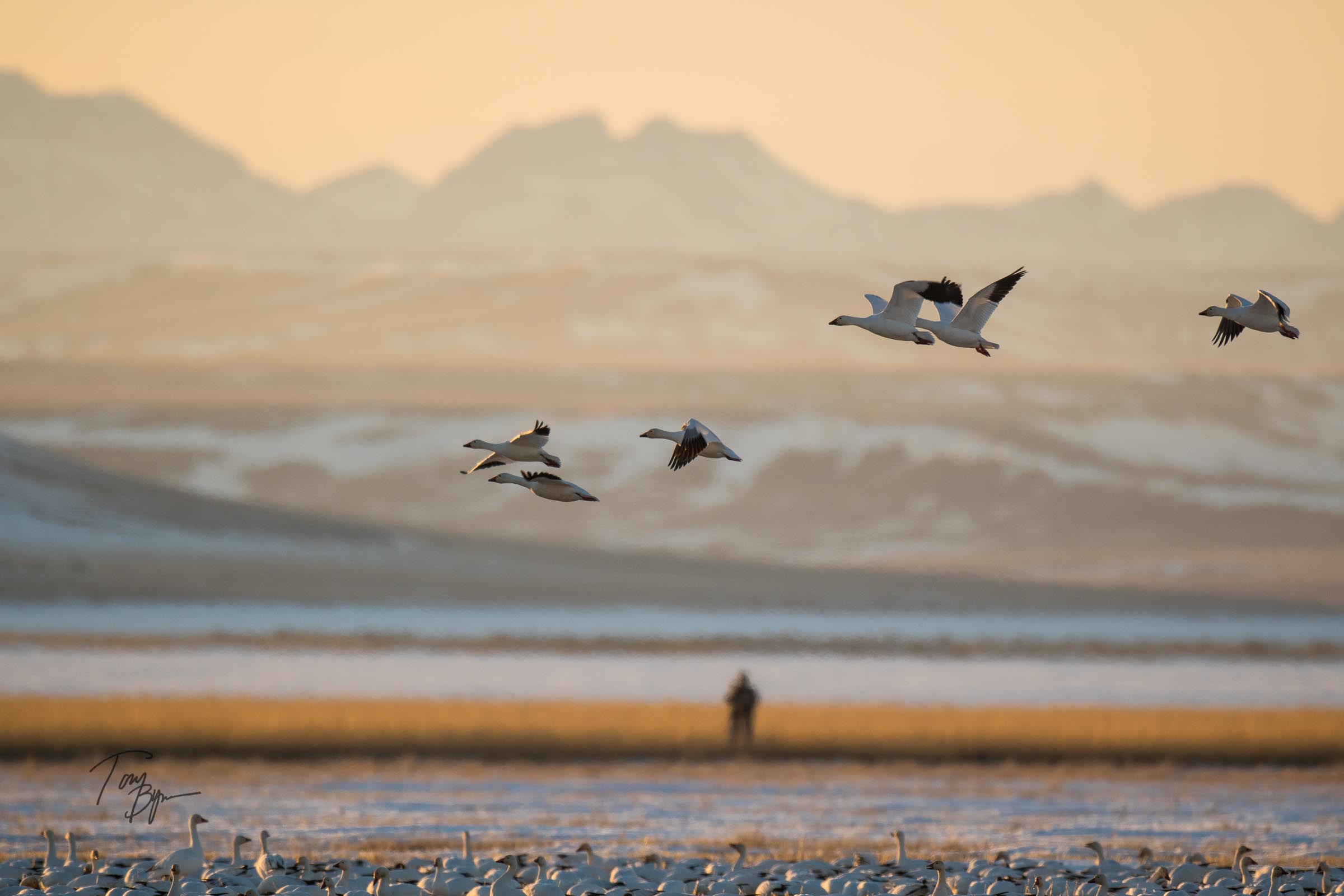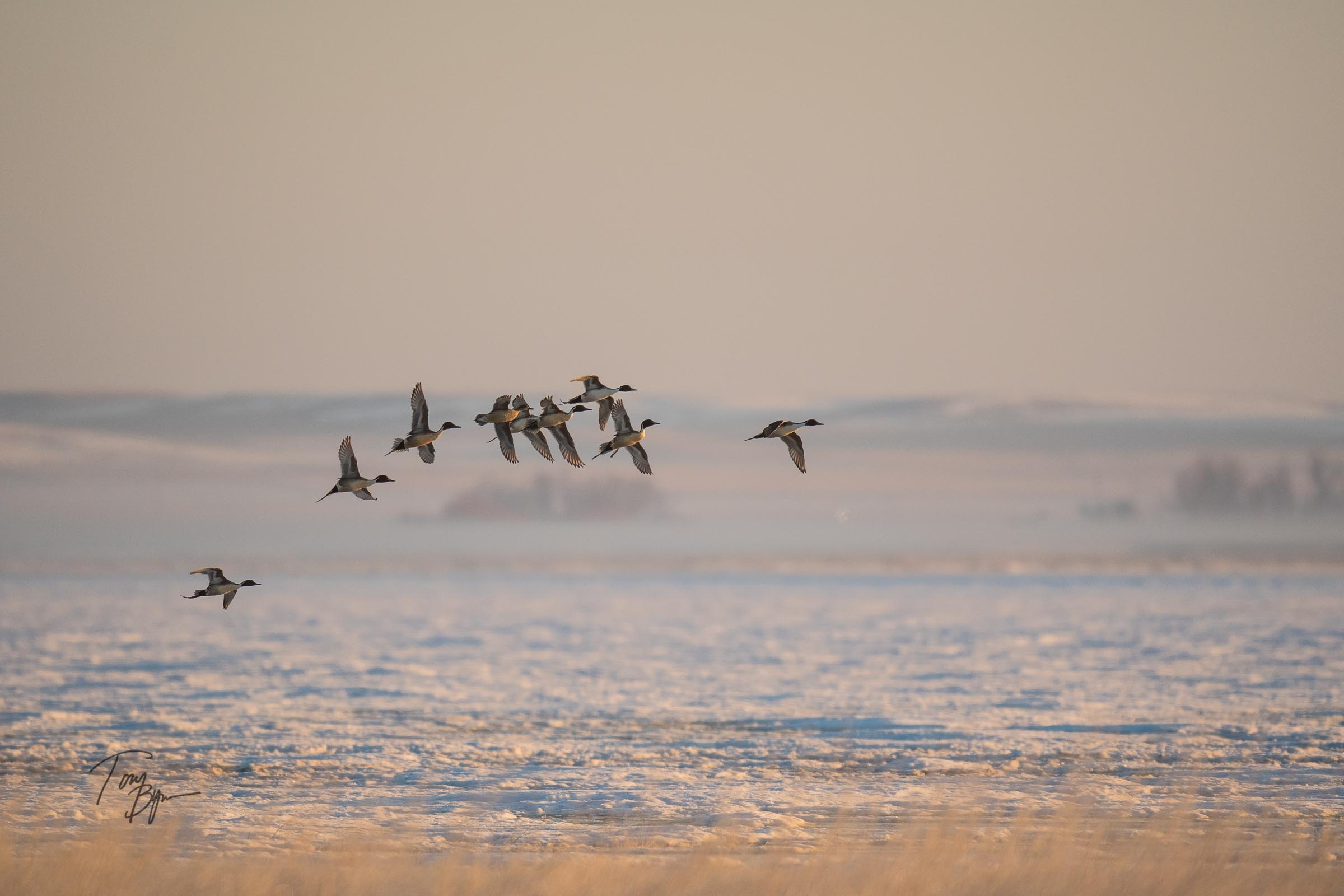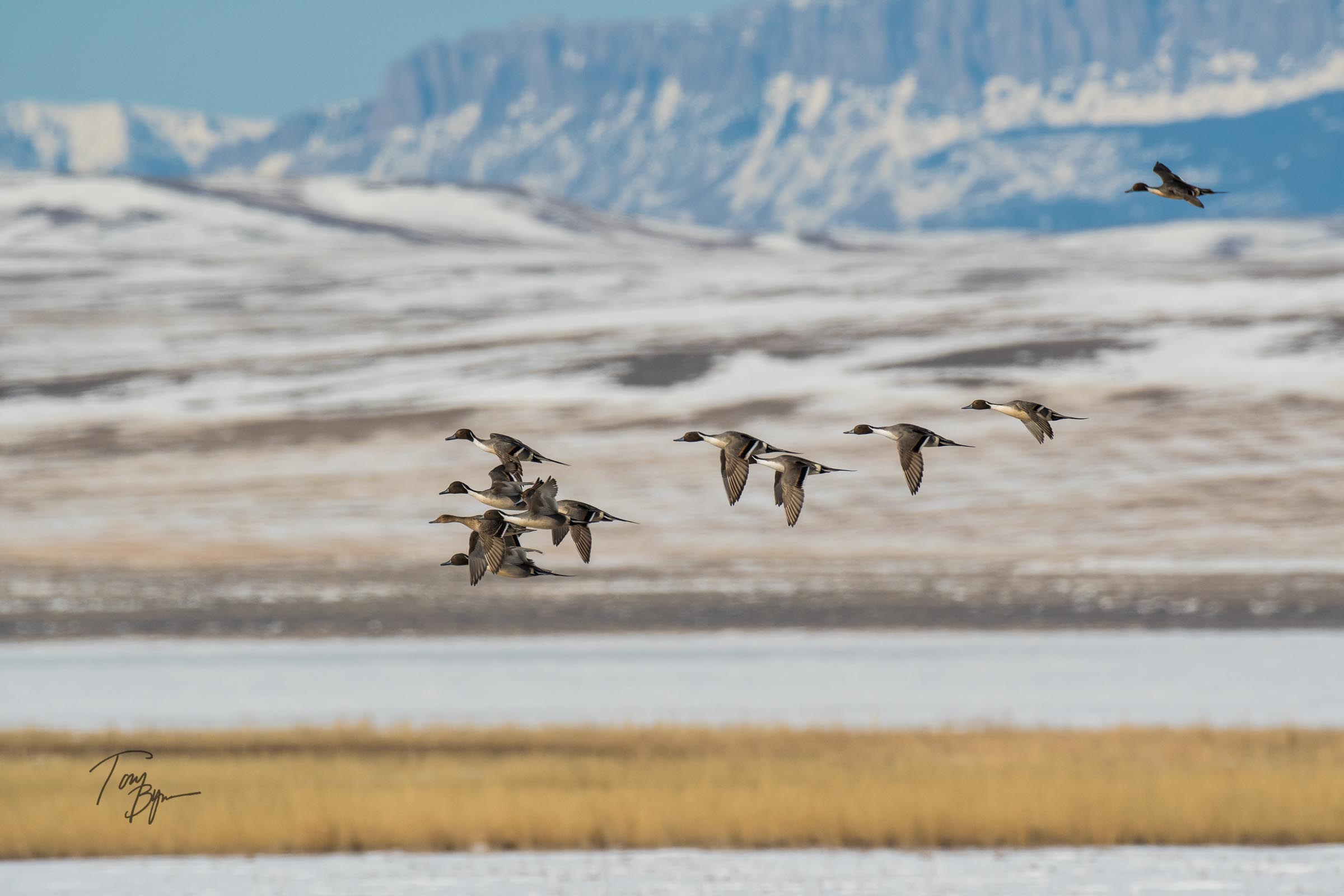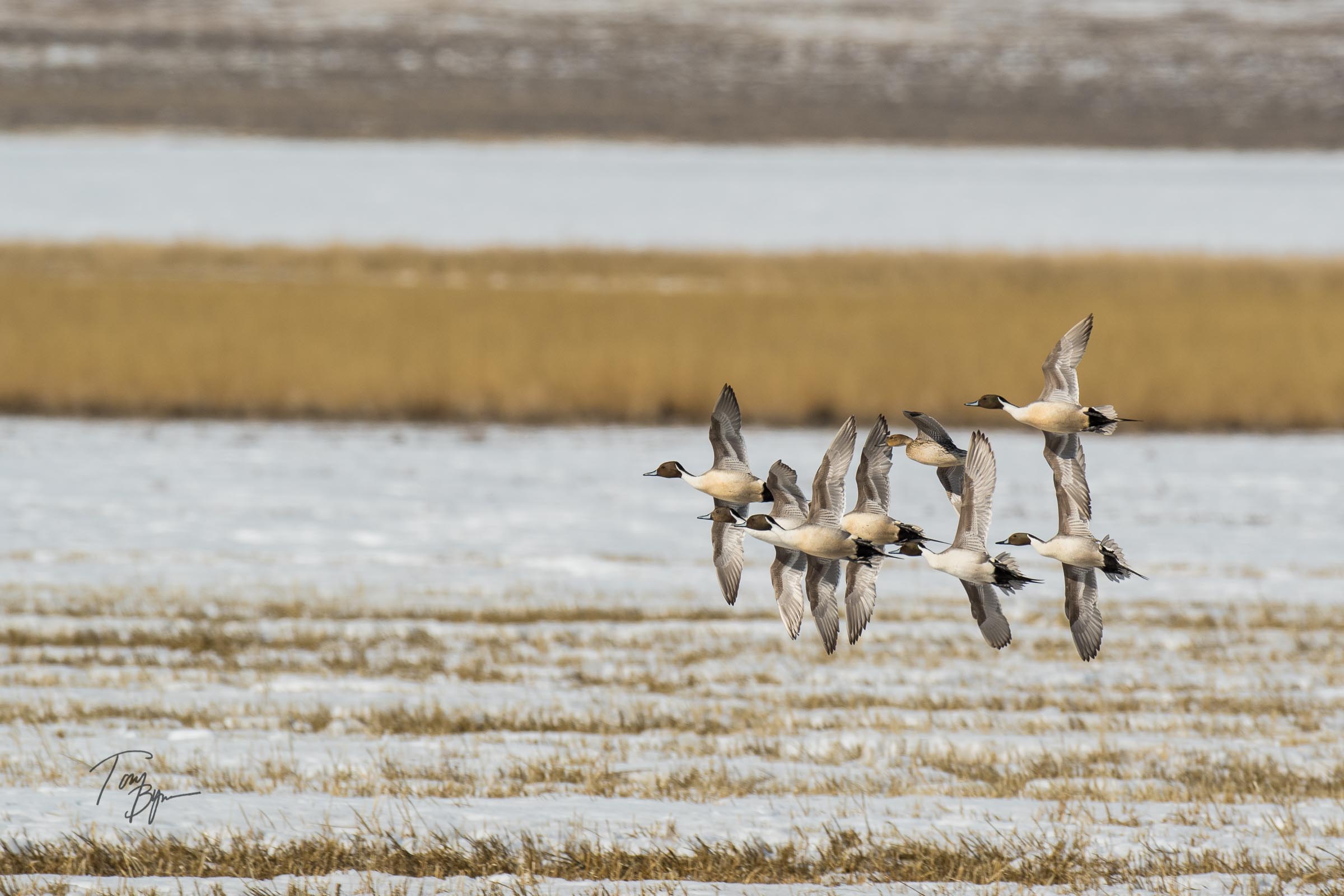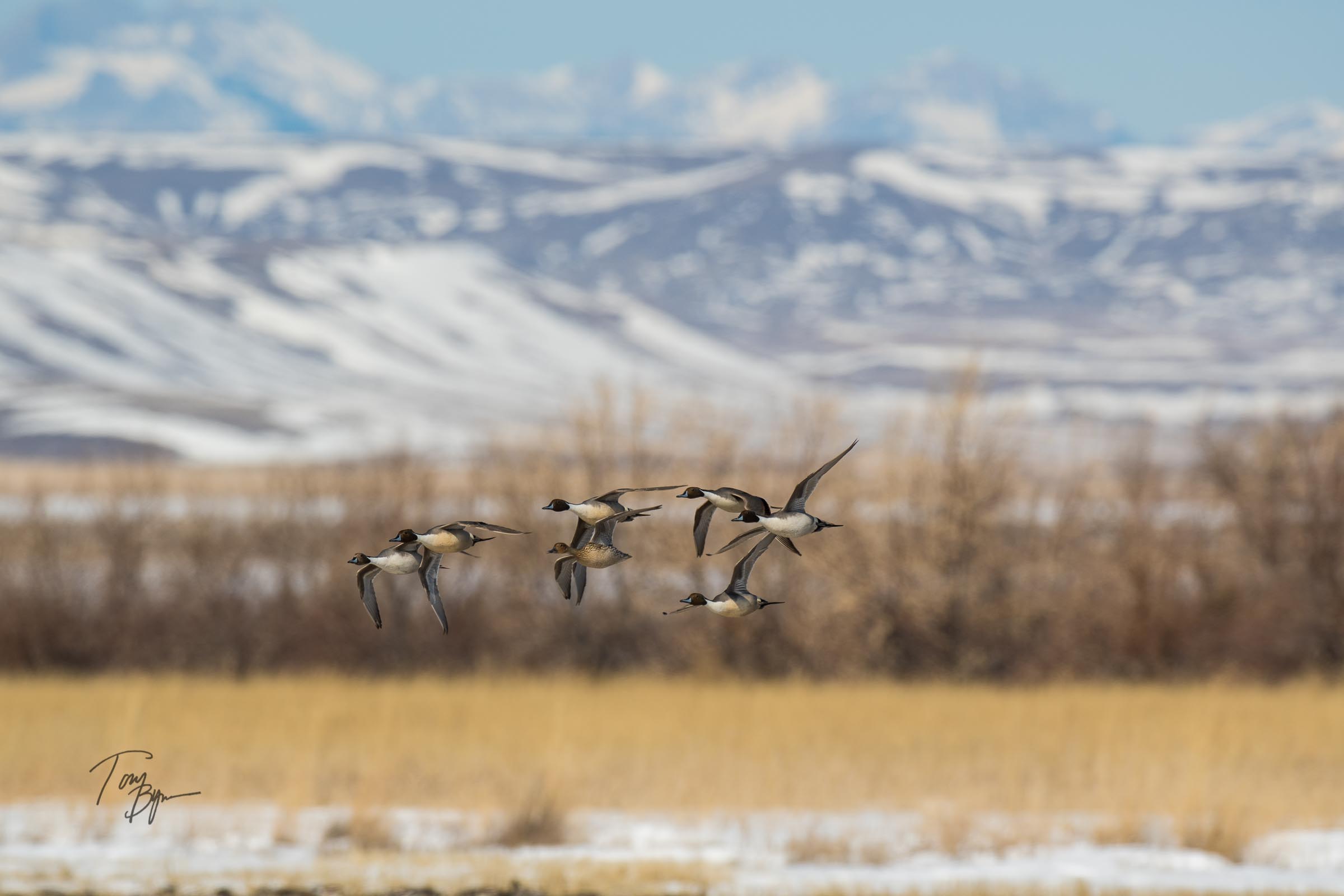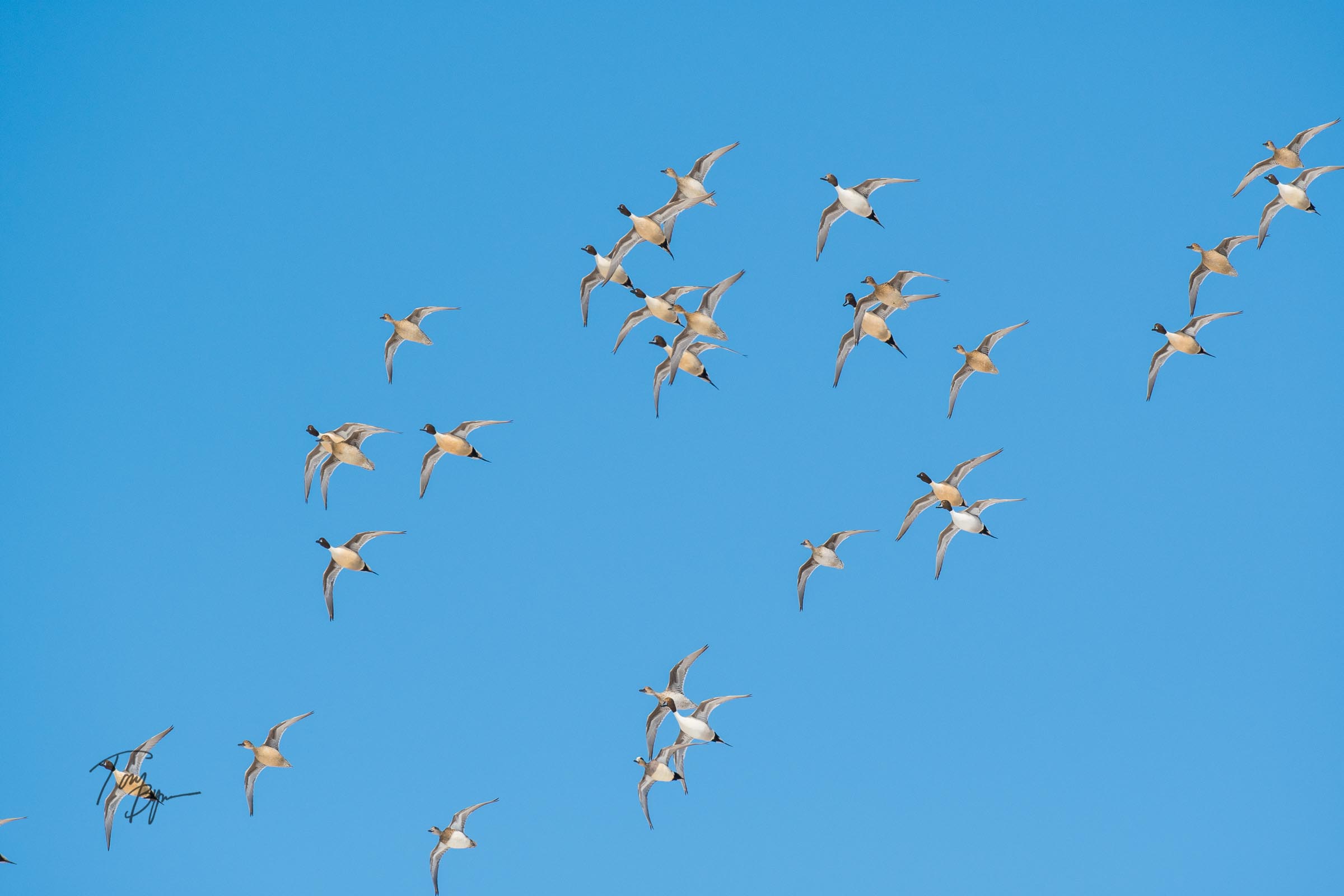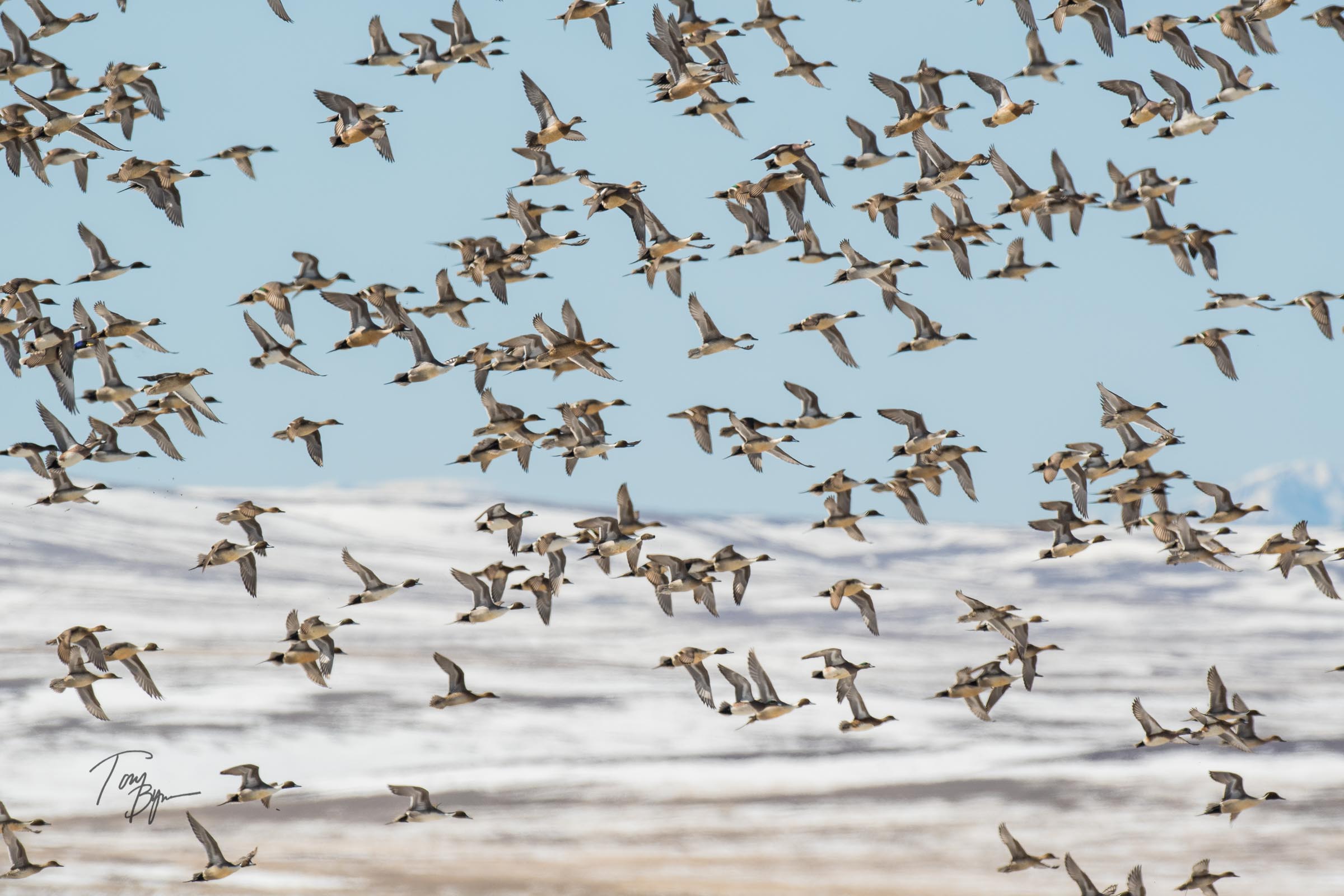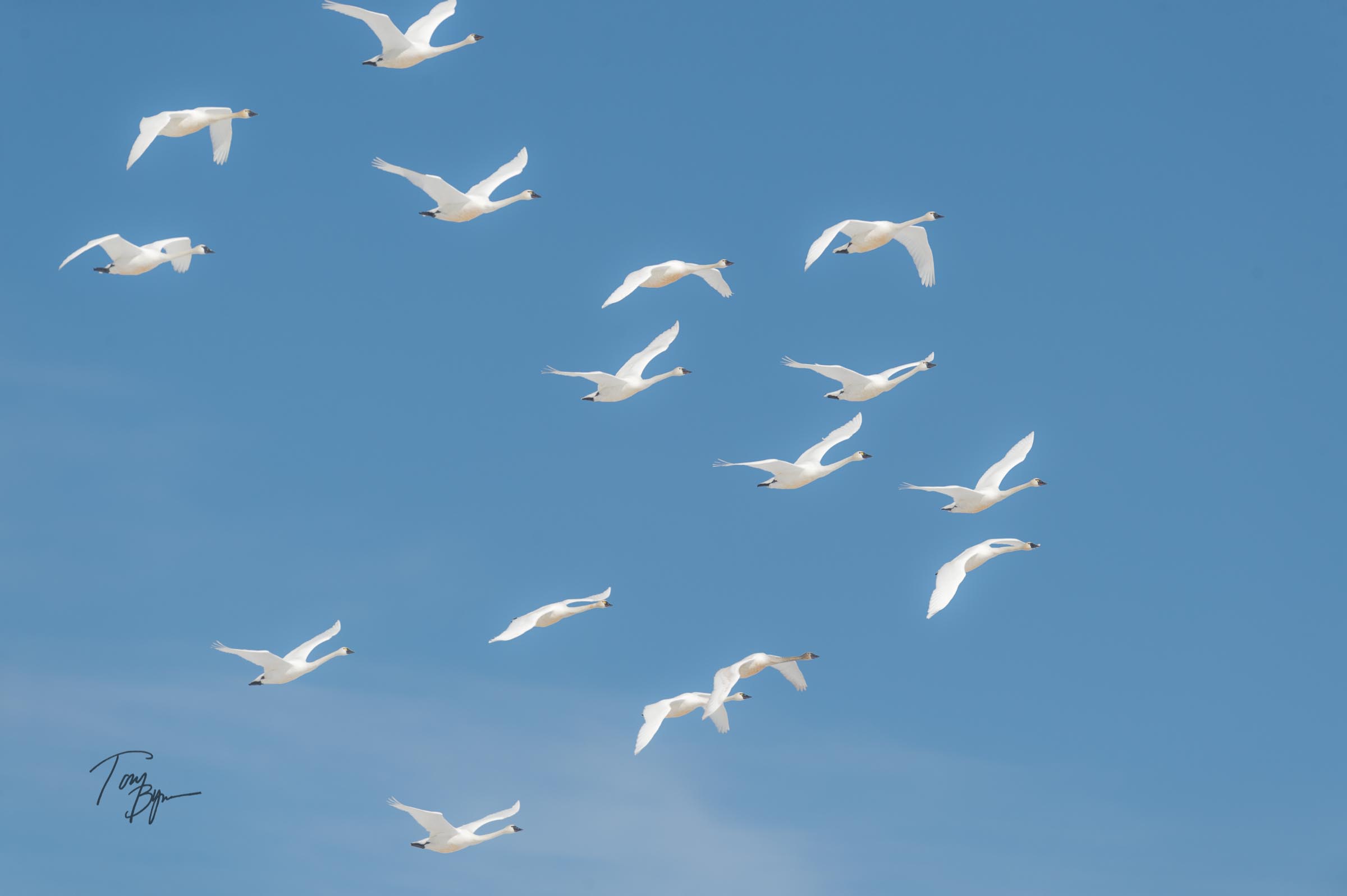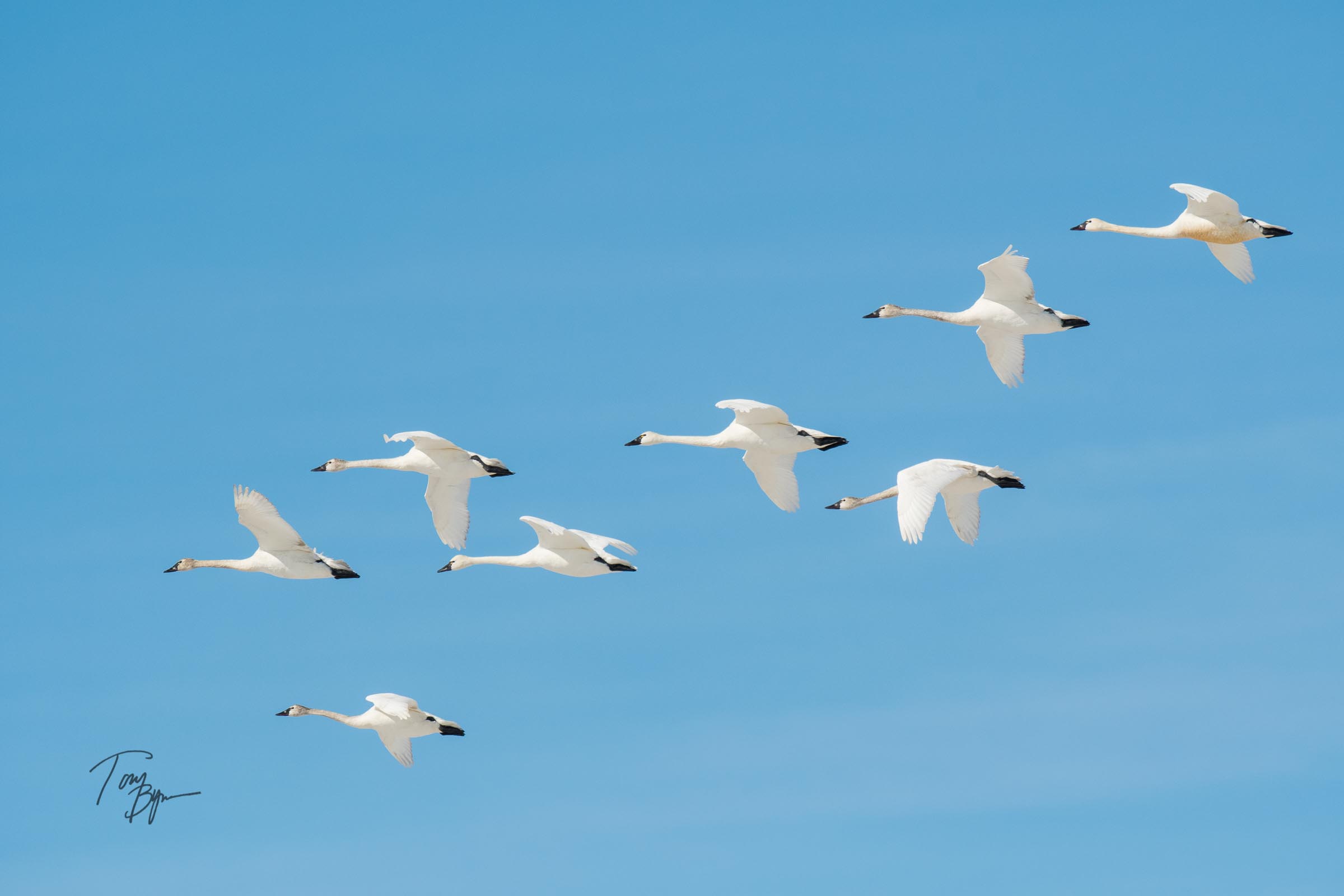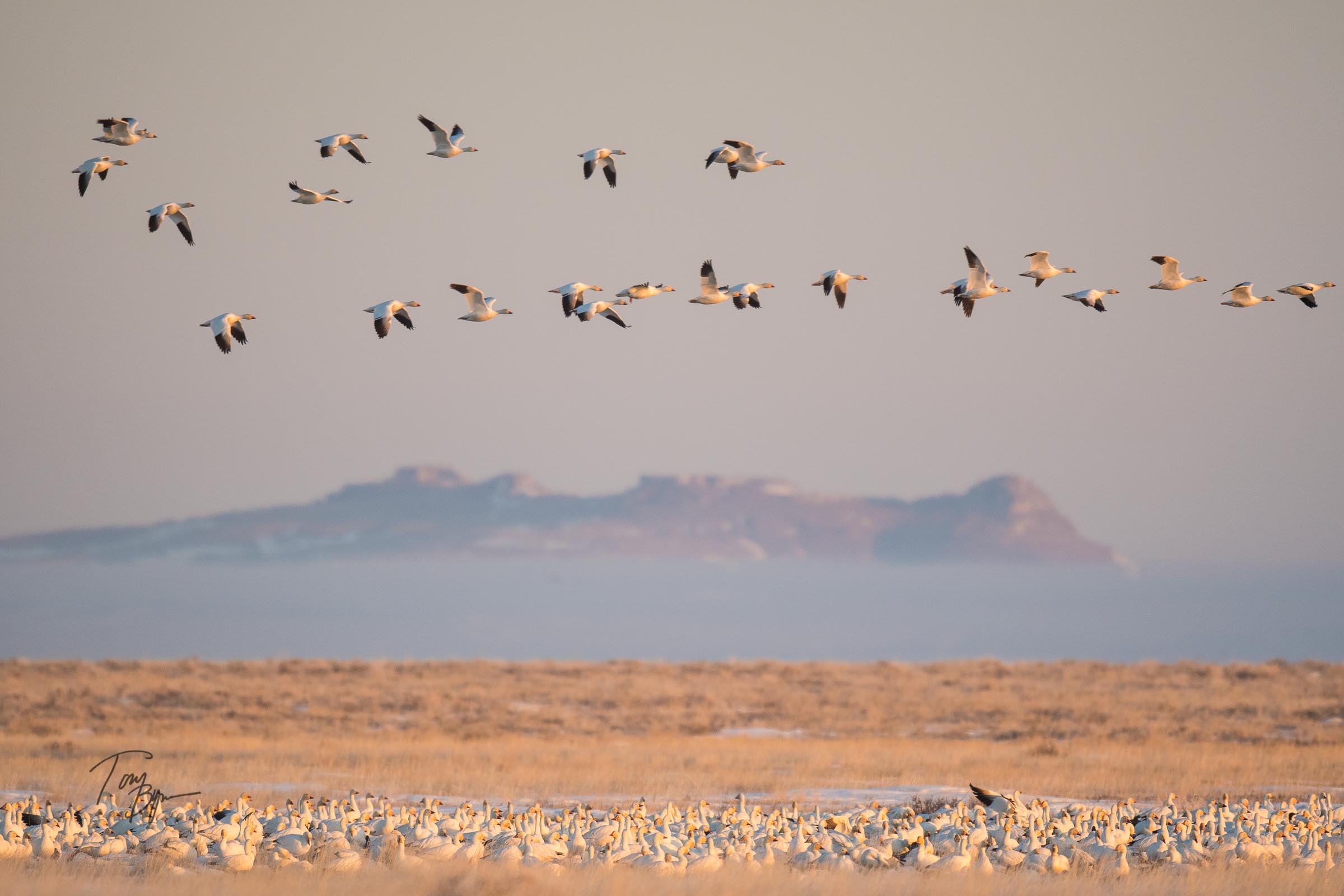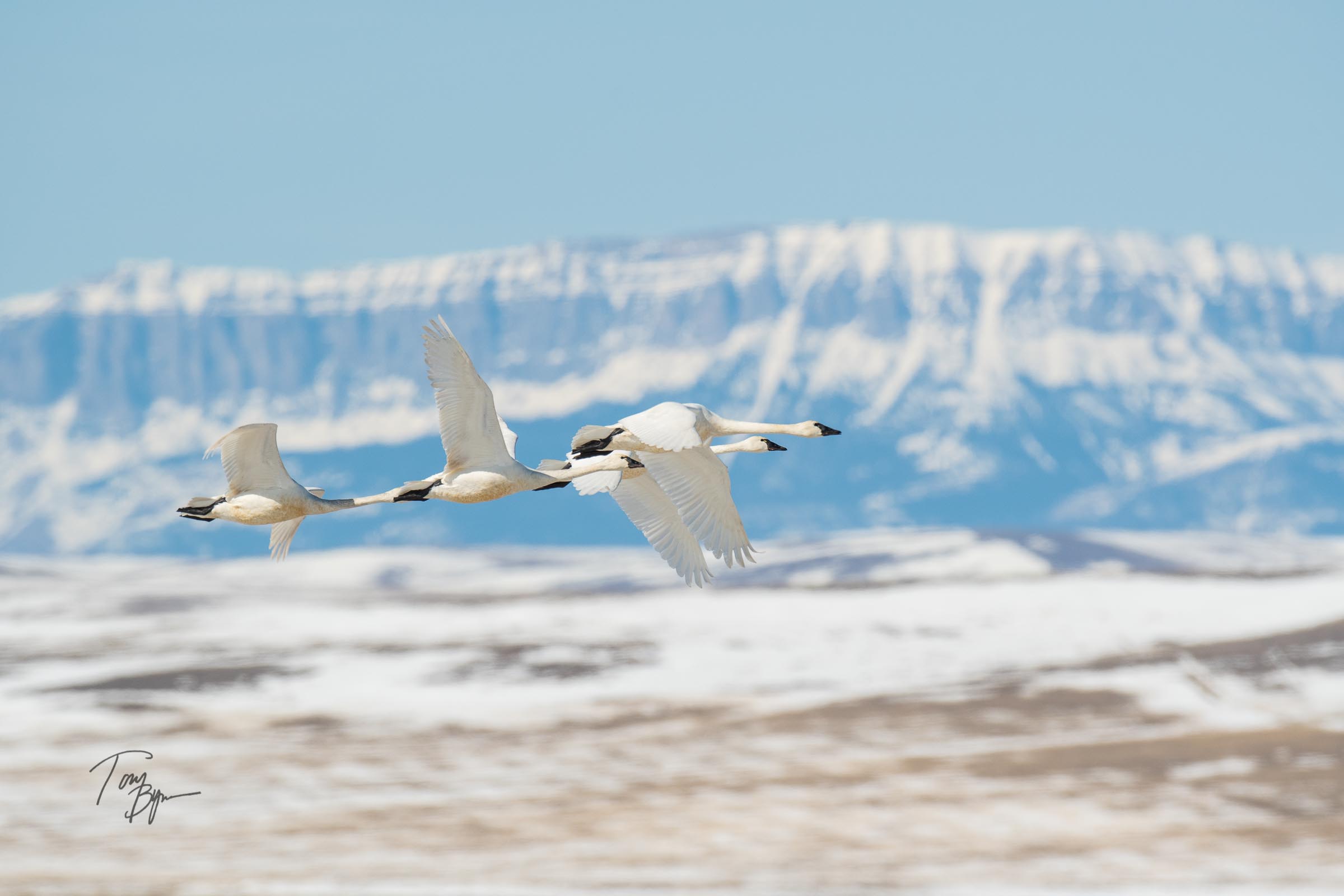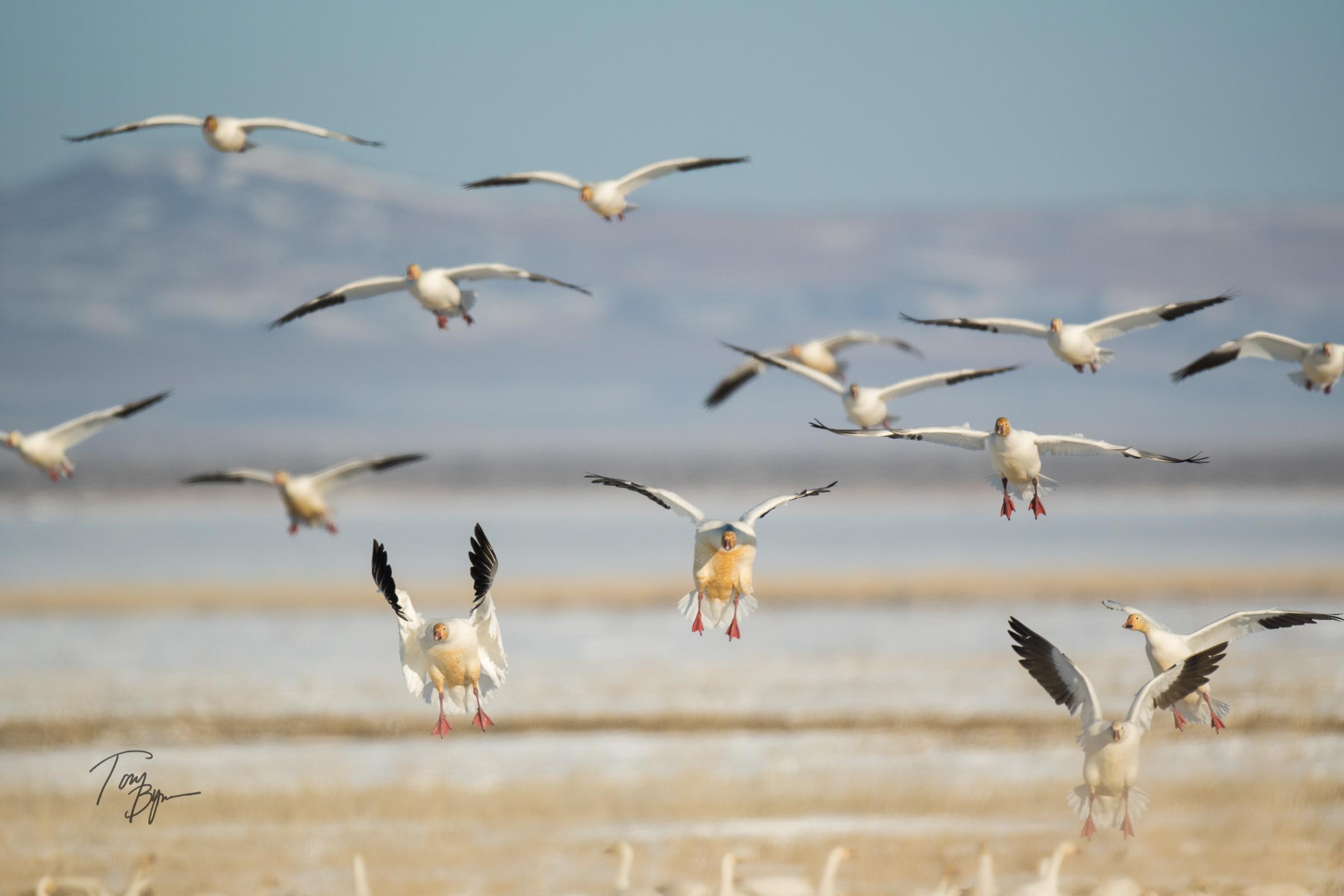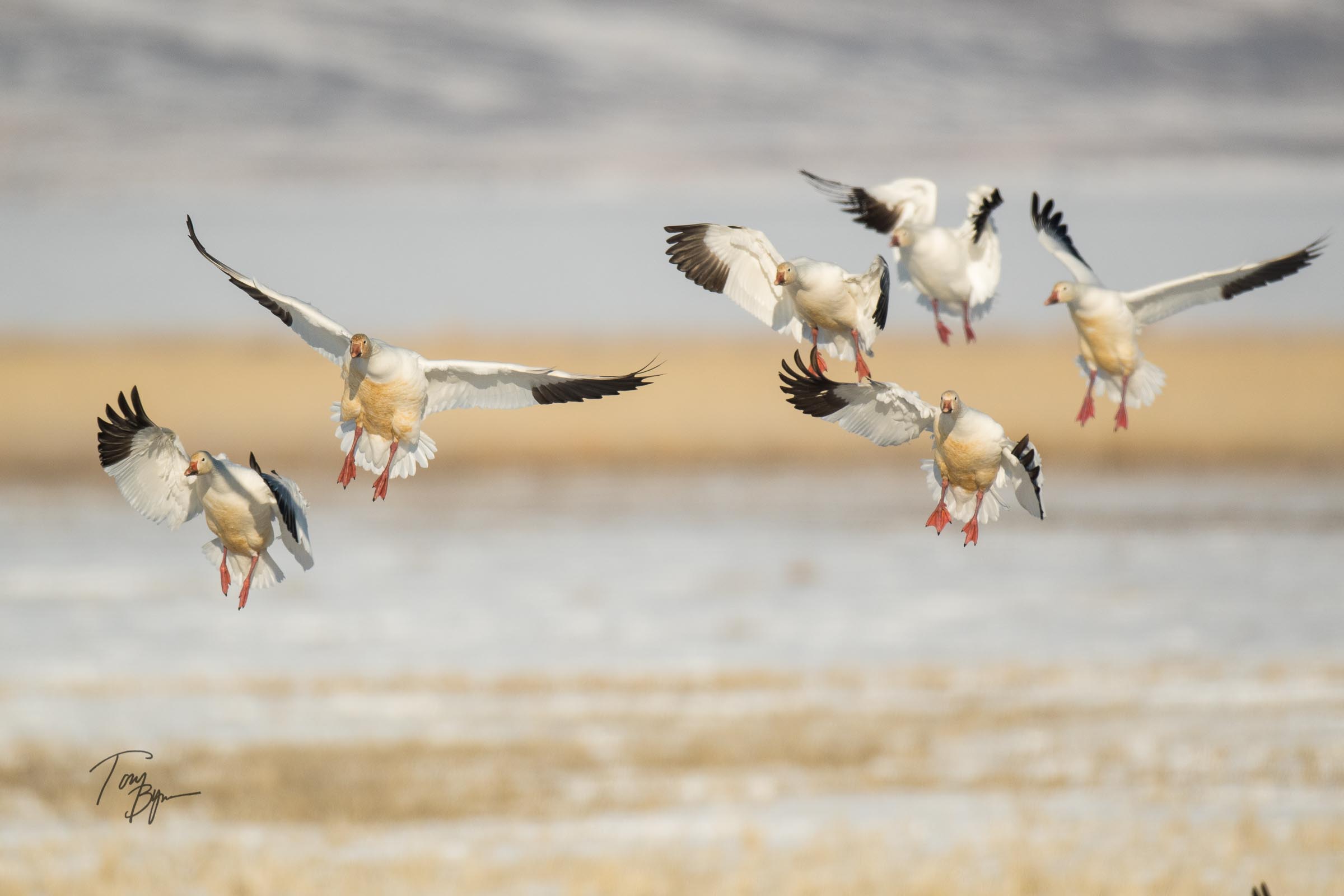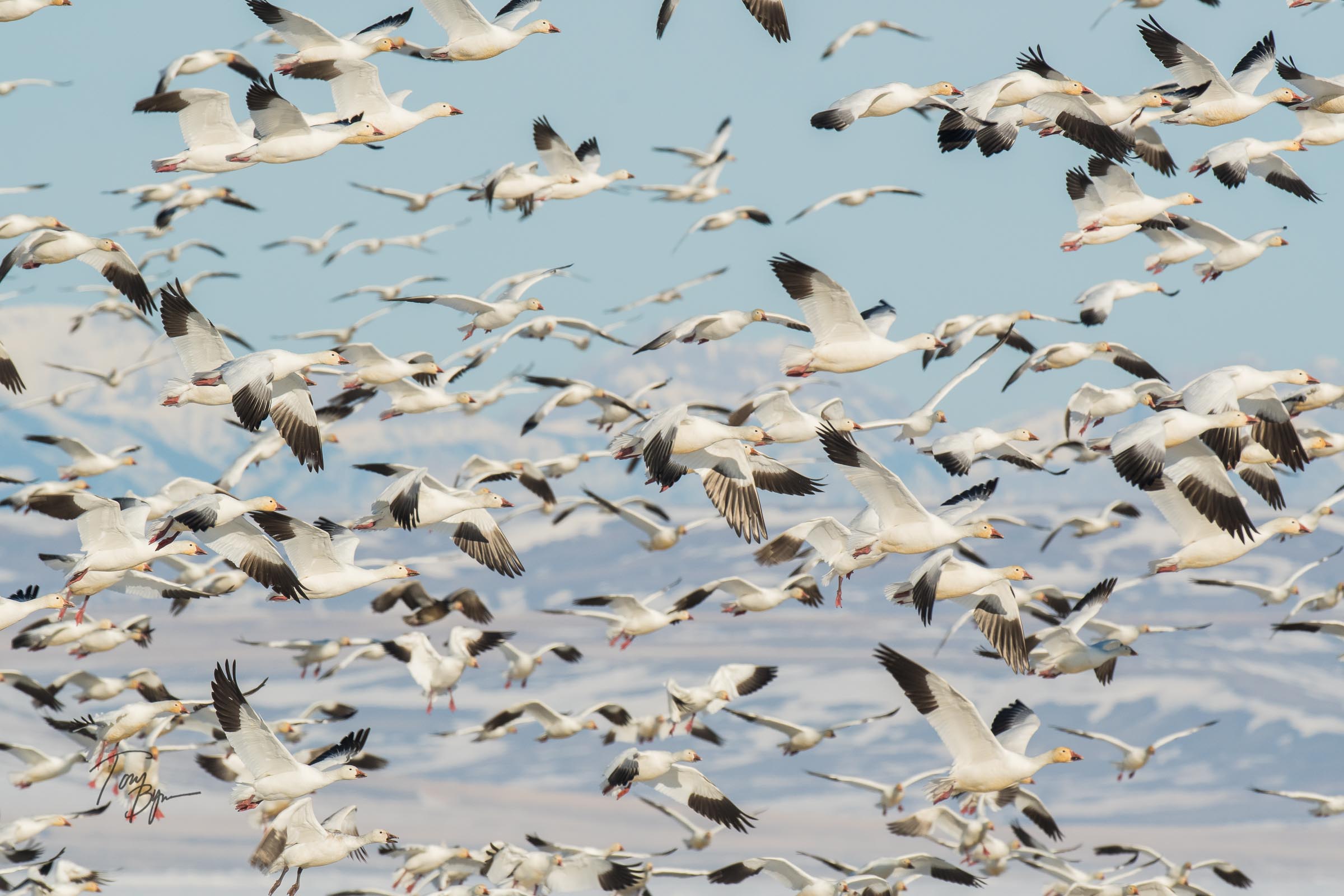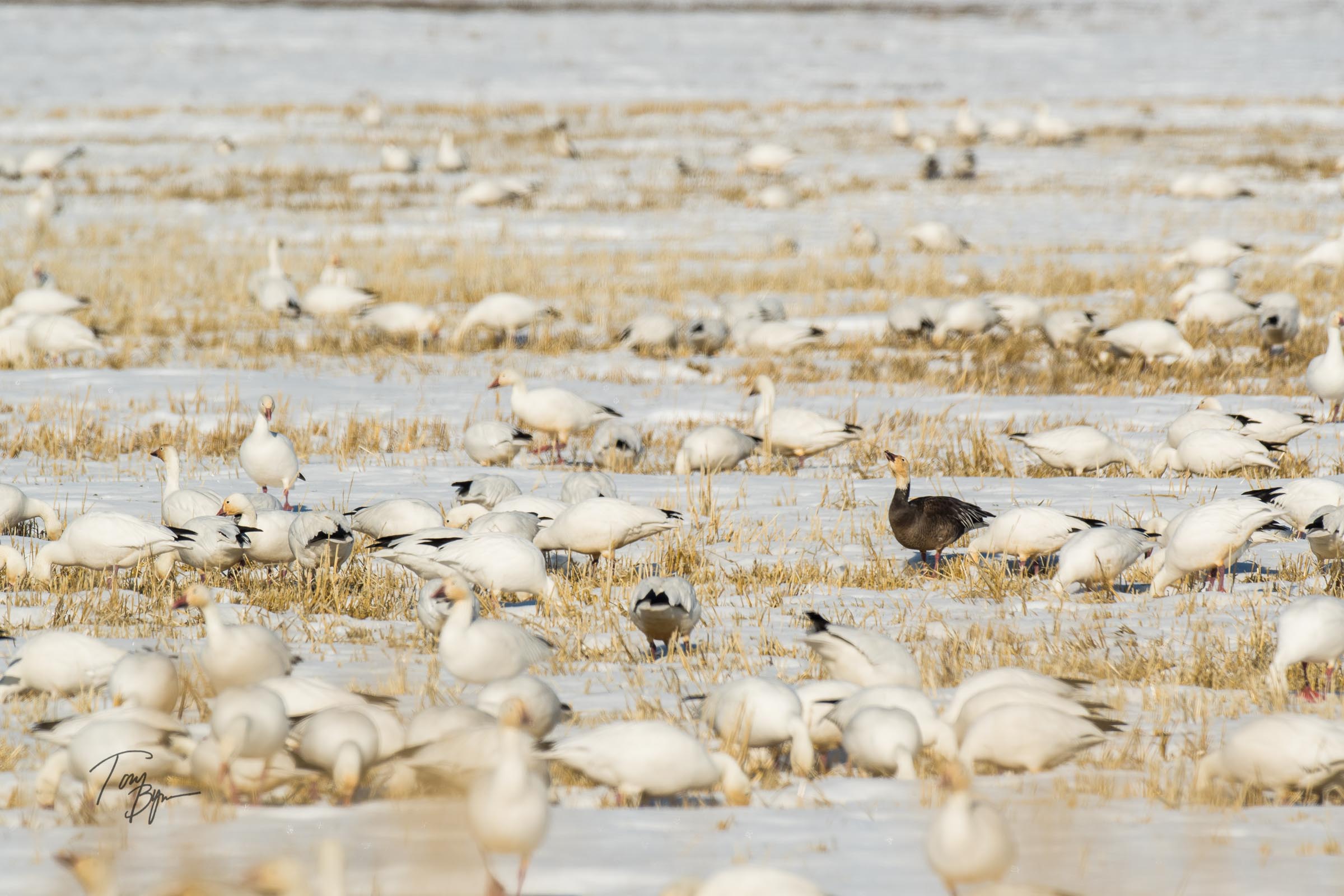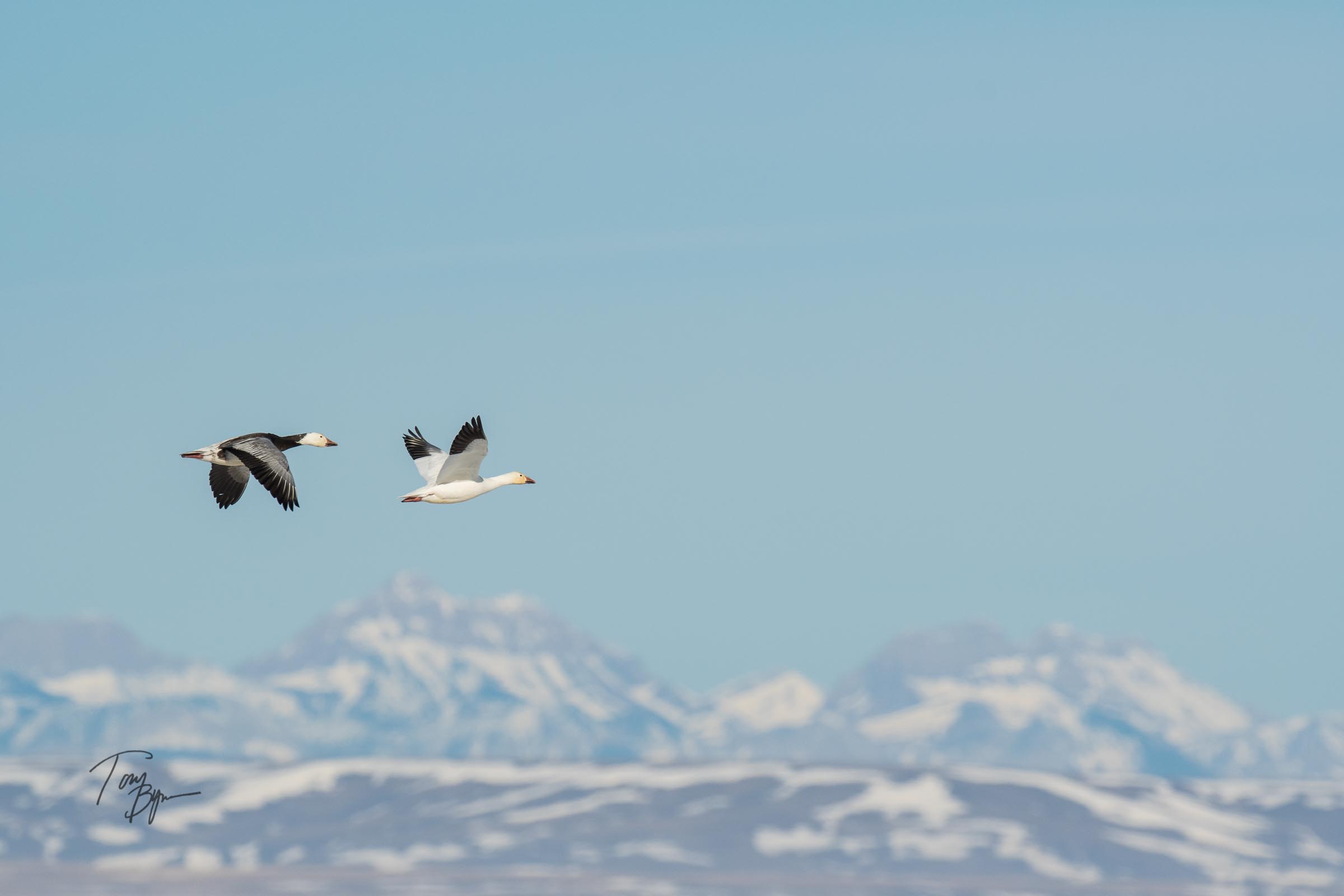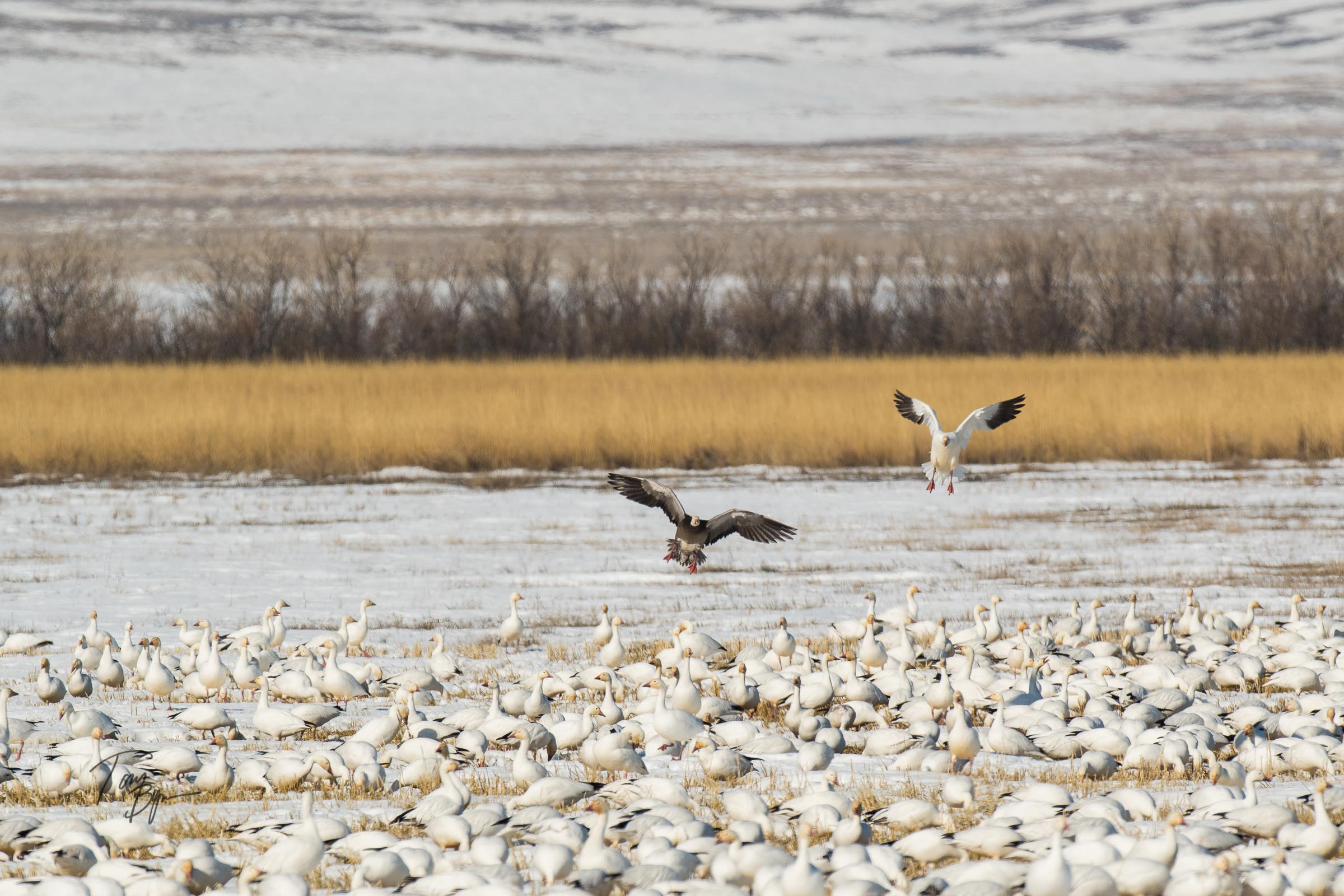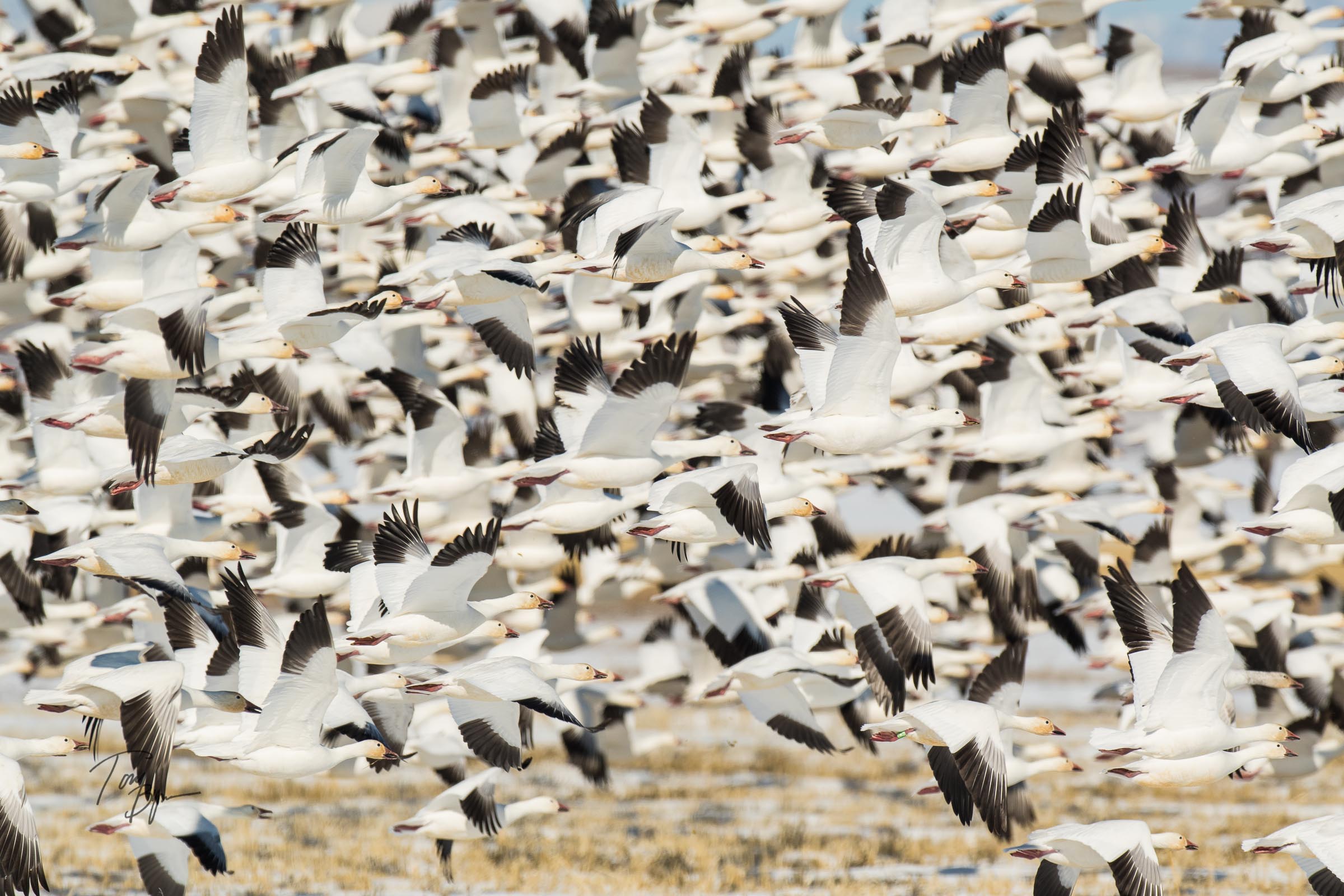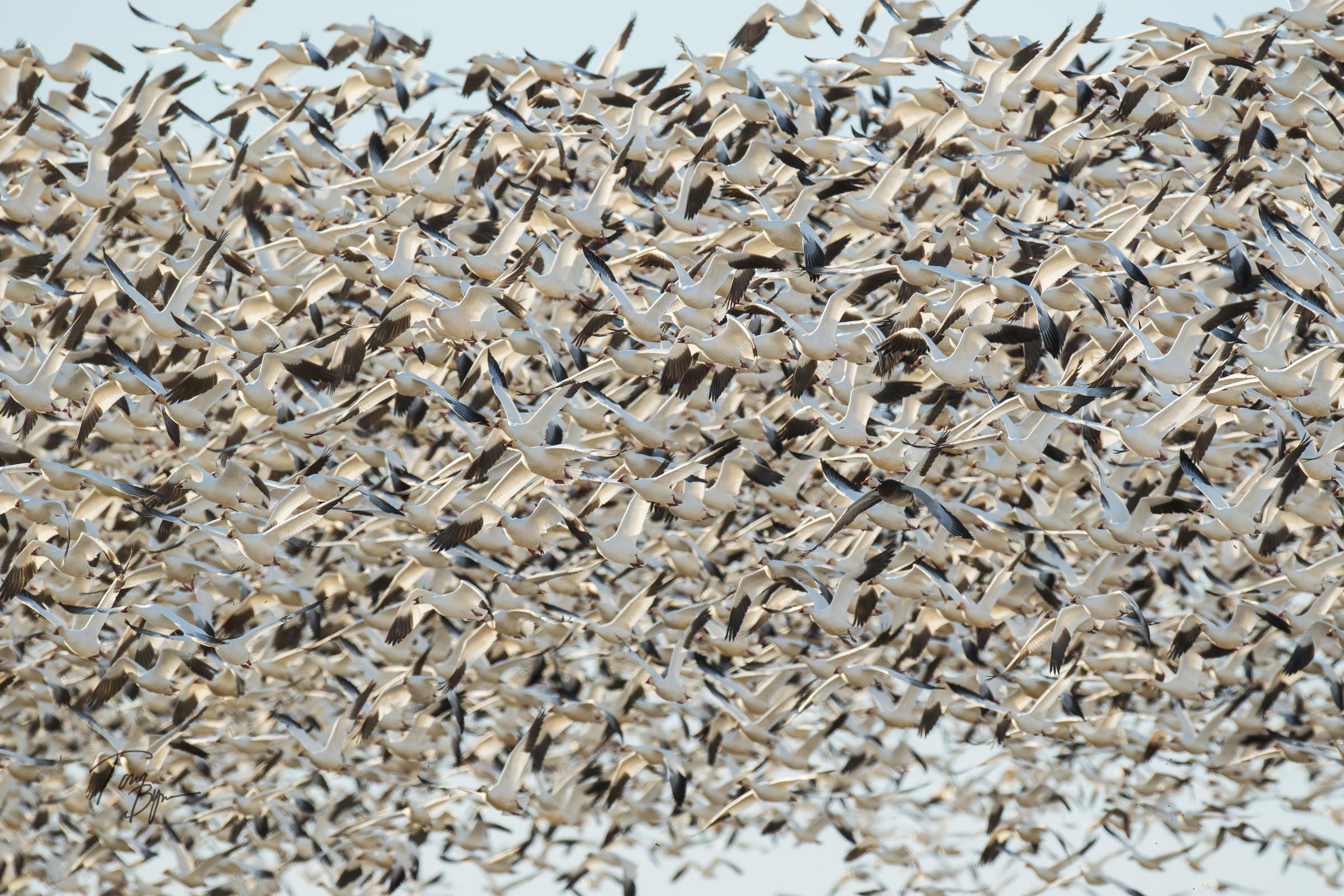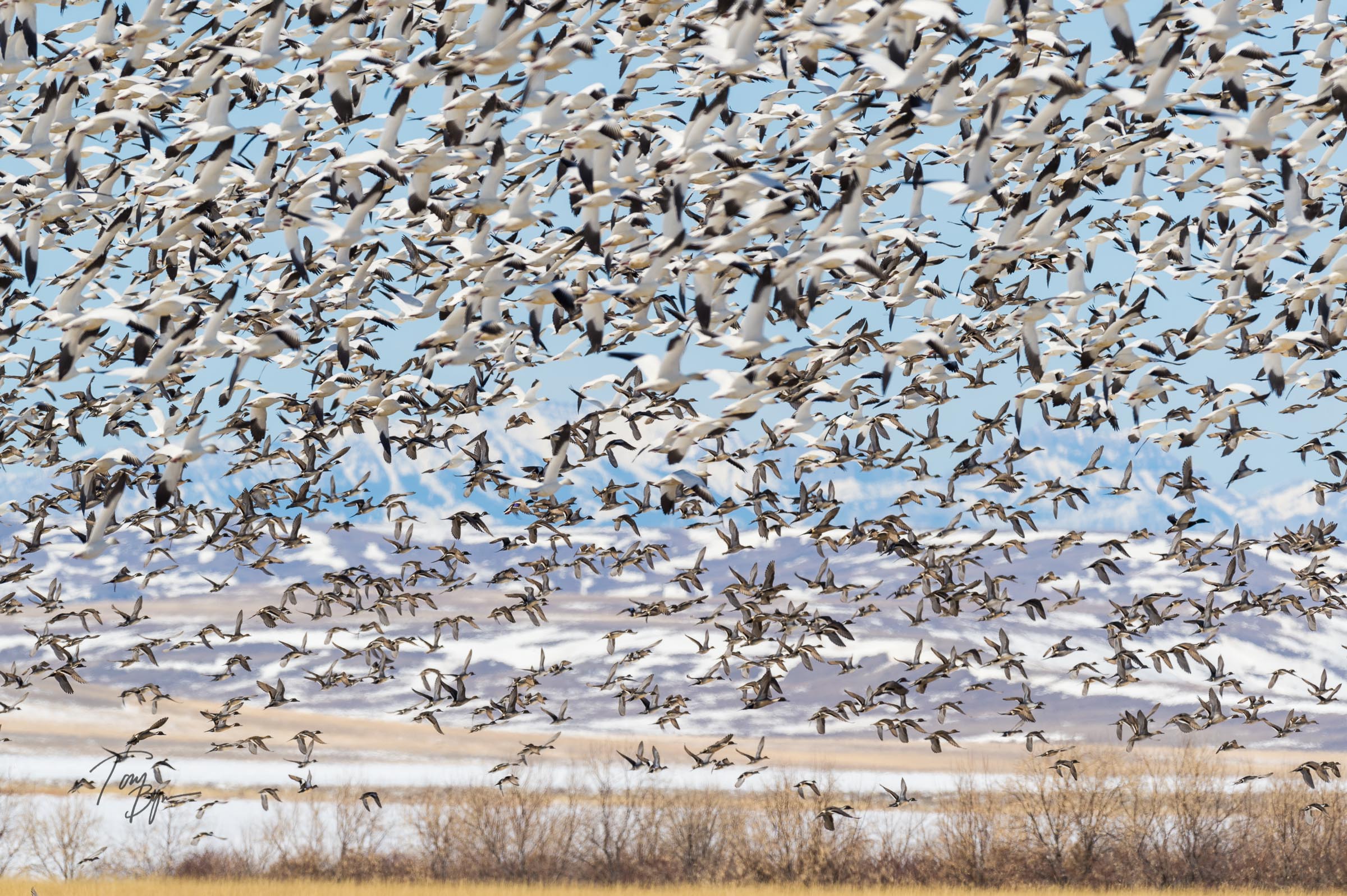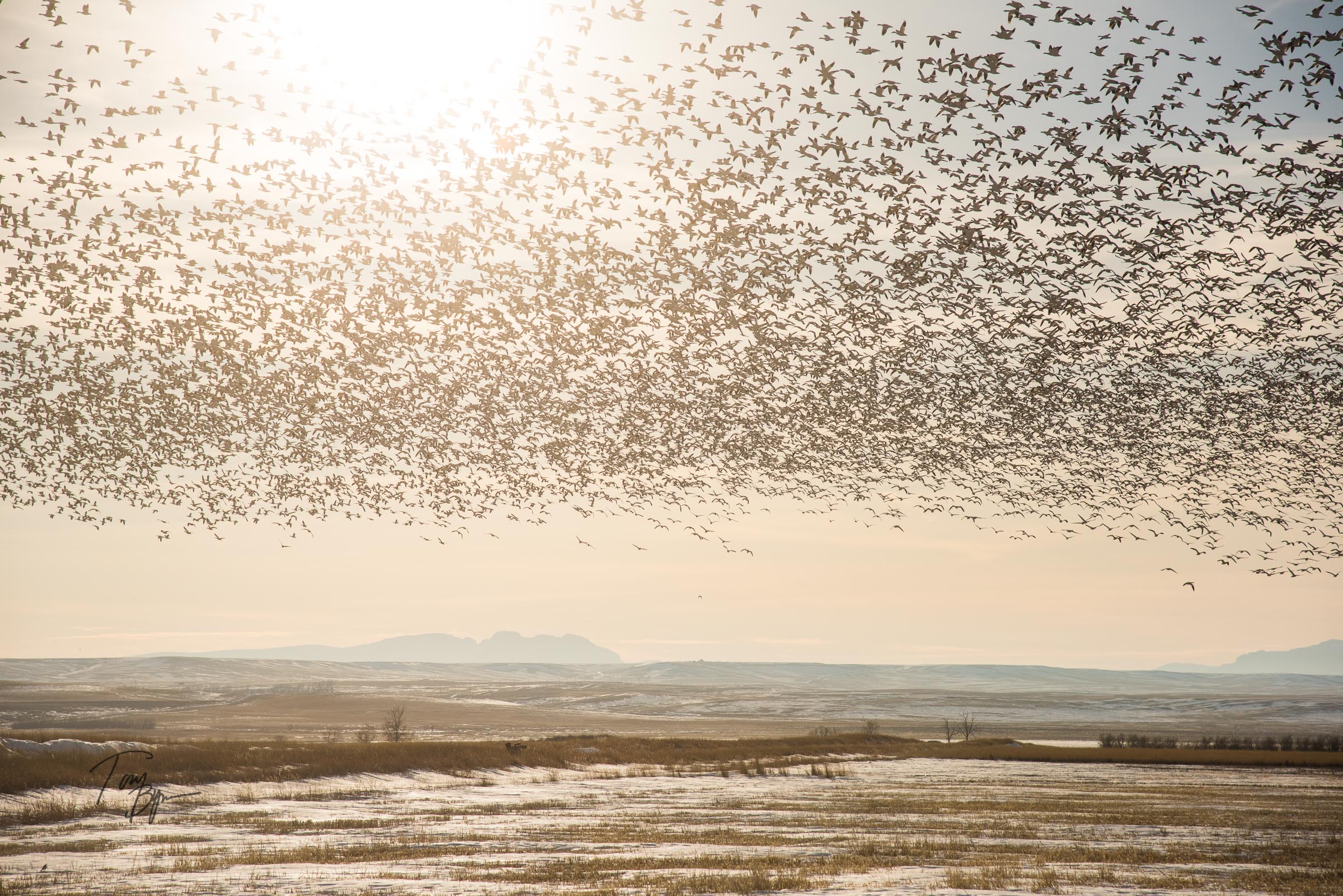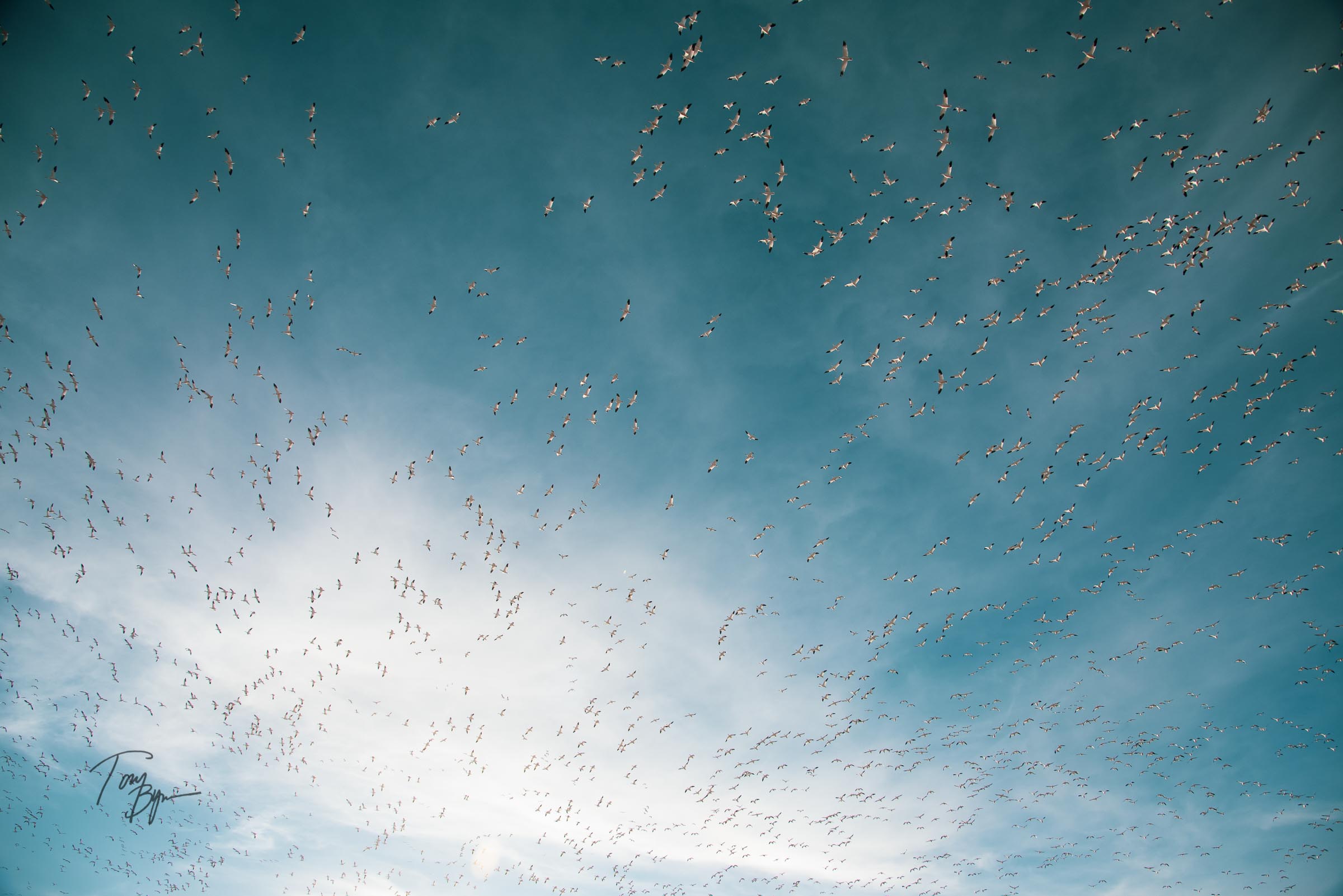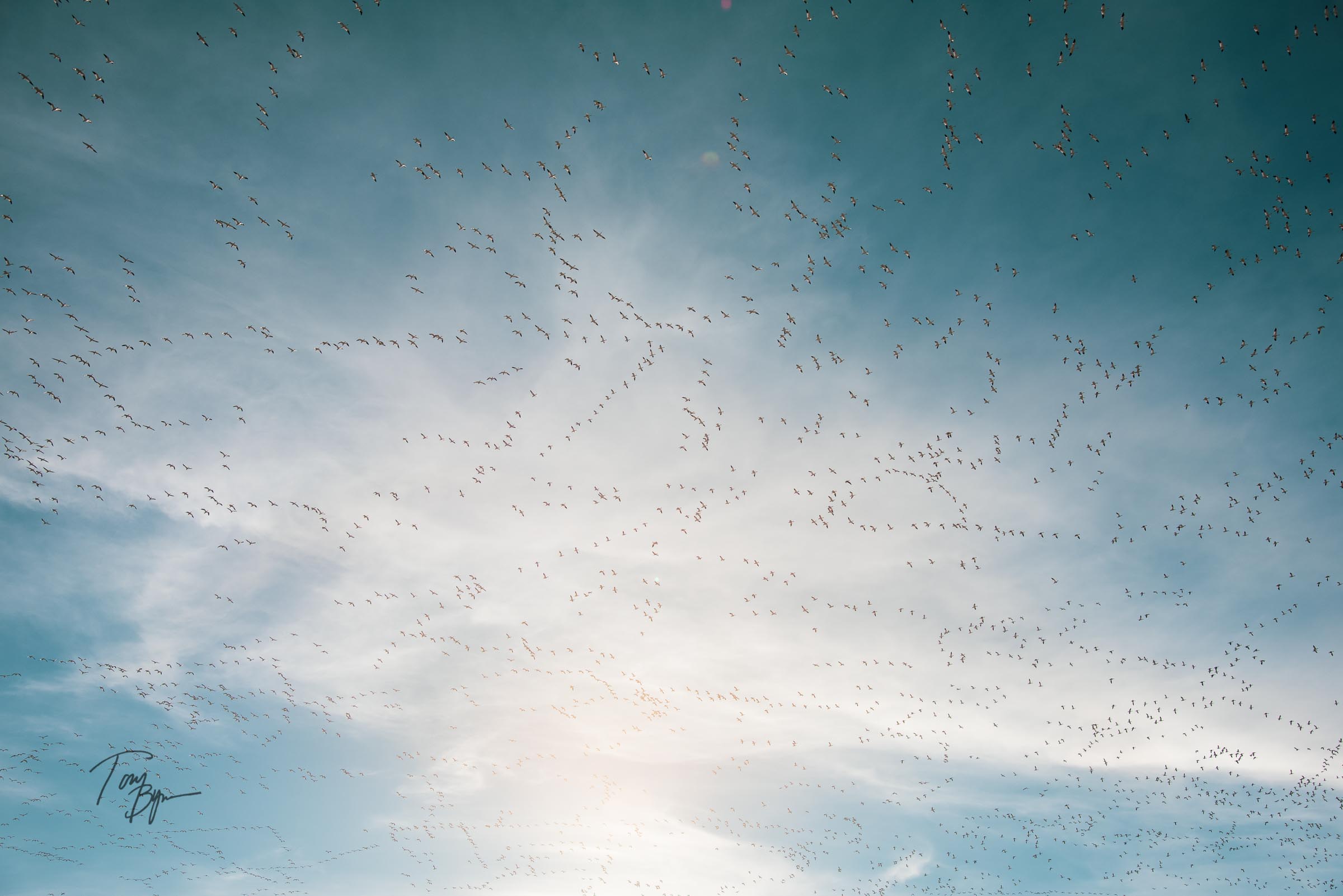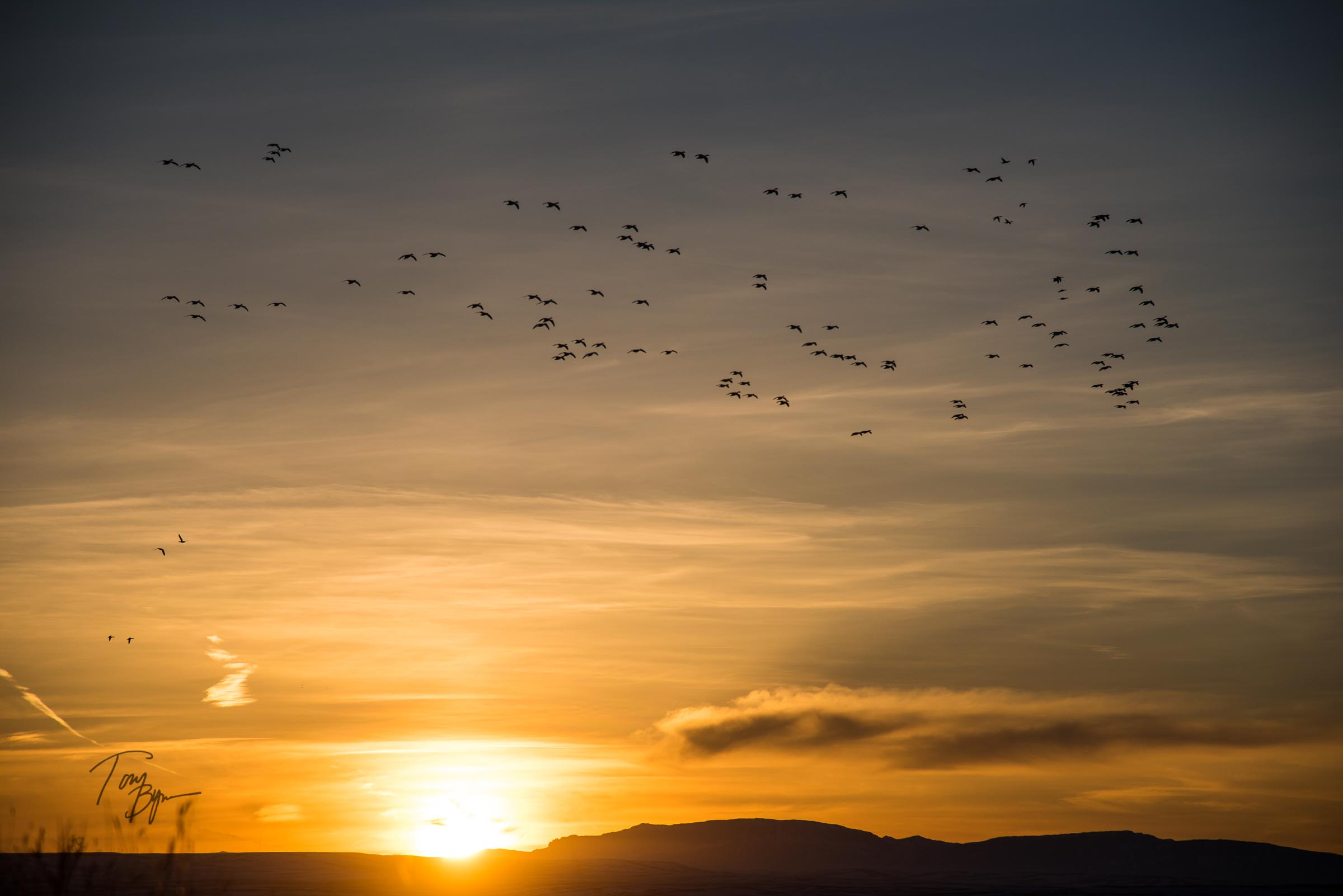Large Tripod FEISOL CT-3372 M2 combined with the old CT-3371 - old meets new for a working photographers hybrid long lens tripod
Combining the Feisol CT-2271 with the CT-2272 M2 to create a hybrid Feisol tripod, old meets new for 2020
The new CT-3372 M2 combined with the old CT-3371 legs, and old leveling cup with base plate. The cup and tripod are new, and carbon legs and leveling base are off the old CT-3371. ©tonybynum
The hybrid Feisol CT-3372 M2. The rescued legs and leveling base from the original CT- 3371 combined with the new Feisol CT-3372. Why, how, and how much?
Why Feisol
I purchased the original carbon CT-3371 Feisol Tripod legs back around 2006 or so. At the time, Feisol wasn’t well known, in fact, they didn’t even have a US dealer yet so I ordered it direct from Taiwan. I was looking for a carbon tripod that would hold large, heavy 5oo, and 600 mm f4 lenses attached to full-size professional DSLR bodies.
I decided on the Feisol CT-3371 for its lower price point. Keep in mind that back in 2006 carbon fiber tripods were NOT inexpensive! My plan was to use it in the wet, salty mash for duck photography and rather than take the chance of wrecking a $2000 tripod I was going to dedicate this tripod to the marsh. I reserved my more expensive tripod for land and clean water, and went ahead and took my chances with a tripod selling for a third the price but still, carbon and built stout enough to hold safely 25 lbs. I equipped the Feisol with a leveling base and spiked feet (both at additional cost). I don’t recall the price but it was less than half what the big brands were charging at the time.
Breakage and Repair
Over the course of a few years, I managed to break the leg collars. The cast aluminum is not strong enough and too much pressure will break the casting. In 2009 I sent the unit back to Feisol for repair. I had broken two of the top leg locks and needed them repaired. Breaking the top leg locks is not uncommon especially when you’re putting the legs deep into snow, mud, or sand. I’ve broken the same parts on the more expensive and supposedly better built Gitzo units too and it’s not cheap to fix, plus you’re out for a bit while it’s being repaired.
The results of too much pressure on the top of the tripod while pushing the legs into the mud or snow. The cast aluminum is not strong enough to take the pressure. All three leg locks eventually broke. ©tonybynum
As you can clearly see, all three of the top leg sleeves broke out. This view is the top of the tripod where the legs are attached to the center collar. In this image, the center piece (leveling base in this case) has been removed and the tripod is sitting legs spread out flat. Notice, one pin and the springs are still in the top sleeve (top center of image), the pin and springs will eventually fall out. Needless to say, the tripod is hard to operate when there are not leg locks! ©tonybynum.com
Feisol fixed the tripod for a price, then sent it back. I took it back out and by 2018 I had broken all three top leg collar locks again. At this point, the tripod was almost useless to me. So, after the spring waterfowl season, I emailed Feisol and asked about getting the tripod fixed. Feisol said $85 to fix it with OEM parts and send it back. With shipping on my end, it was about $100 bucks, seemed reasonable to me so I boxed it up and mailed it.
After a few more emails back and forth with Feisol (their customer service was fantastic), I asked if they had a stronger center support piece. Much to my surprise, they said yes and for about $60 more I could have them put a machined billet aluminum top collar on the old legs and update the leveling base plate. I said go for it.
The result us the older CT-3371 legs with the new CT-3372 M2 solid machined aluminum top collar and leveling plate bowl insert. The following images illustrate the pieces and the combination of parts to make the hybrid unit, plus a shot of the tripod with the King Cobra gimble head.
Unboxing the Hybrid CT-3371 CT-3372 M2. Nicely wrapped.
The new tripod with the CT-3372 M2 collars and the old CT-3371 legs.
The new leveling bowl that will replace the flat plate and quarter twenty threaded bolt. There are three small hex key bolts to remove then the plate. The leveling bowl replaces the plate and once the bolts are replaced, it fits securely into place.
The new top collar with bubble level, and plate. I’m removing the allen head bolt so that I can replace the flat plate with the leveling bowl.
The new leveling base bowl.
The new ball head plate removed, the new leveling base bowl, and the old bowl off the old collar.
The old leveling base. It will fit into the new leveling bowl.
The new old leveling base inside the new bowl.
Notice the angle of the leveling base. It’s not a lot of movement, but it’s enough to quickly level your gimbal head quickly and accurately.
The older head and the new sold aluminum base both have leveling bubbles.
The Kirk King Cobra gimbal head attached to the new hybrid Feisol CT-3372 M2 read for the marsh!
Old meets new. The Hybrid CT-3371 and CT-3372 M2 with leveling base and Kirk King Cobra gimbal (King Cobra is discontinued).
Summery & Conclusion
I’m happy with the results. For just over $150 bucks I was able to have a solid tripod. I was worried that if I went with the old cast aluminum I’d be back in another few years having it replaced again. This fix should now allow me to use this tripod for many years without breaking it. I still have to be careful to not put too much pressure on the legs when they’re in the mud or snow, but now I’m positive this new unit will last a long time.
As a professional photographer, customer service is important. Feisol helped me combine my old broken tripod with the newer components making for a better tripod in the end. It would be hard to find better customer service. They were quick to respond and willing to help find solutions and recommend alternatives. I gladly recommend Feisol to anyone looking for a reasonably priced, solidly built carbon tripod with great customer support.
Leave a comment or ask me a question. I’ll be happy to answer.
Tony
Spring bird migration from Montana - the birds this year were flighty!
The spring bird migration in Montana has been literally, flighty. Birds came and left so fast this year if you were not in the field waiting, you missed it. The numbers, as far as I can tell are down too. While I do have a Masters Degree in Science, my counts were not scientific, purely anecdotal and based on my 15 our so years of watching the spring bird migration along Montana’s Rocky Mountain Front. I’m sure there’s a reason the birds were quick and more elusive this year, but I can only speculate.
A cloud of mostly snow geese, with a few ducks mixed. © Tony Bynum
Three white snow geese landing in a farm field, in what looks like an orchestrated ballet. ©Tony Bynum
Where did the ducks and geese go?
I have to admit, I’m not a “birder,” or even a hard core duck guy. I don’t study the numbers and I’m not watching scientific trends as some of my more ardent waterfowling friends do. I like to photograph ducks and I’ve always like the idea that good ducks populations means good habitat, and good duck habitat is good for everything. Today, there are many variables that could affect ducks populations and their habits.
Montana winters are cold, but this past February was cold even by central Alaska standards. Parts of Montana had a February average temperature of minus one degree fahrenheit! We had low’s in the negative 40 range and weeks where we never broke zero. All of this culminated in one of the deepest freezes we’ve seen in recent memory. The earth froze deeper than usual, and the lake ice thicker than average.
Canada Geese with thick ice caked on their backs from the extreme cold. Photographed at minus 40 degrees f. © Tony Bynum
This year when the first big wave of birds arrived, all the water was frozen, except for a few stream sections on the Missouri River. The bird’s major spring resting spot, Freezeout Lake Wildlife Management Area saw foot thick ice still by mid March!
Thousands of snow geese lift off and leave the area. © Tony Bynum
The birds arrived, sat on the ice and scavenged for crumbs in the surrounding farm fields but soon tired of sitting on ice and digging through snow so they left. Where exactly they went is a good question but I’m sure it was north where temperatures were not as cold nor did they last for as long. Maybe there was open water up north? I don’t know.
Video - Spring Northern Pintail Ducks in Montana
In any event, as the video shows, I photographed migrating northern pintails, snow geese, swans - tundra and trumpeter - along with a few other puddle ducks for a couple days while their numbers peaked. I hope many of them flew through, because if that was the big pintail migration this year, we’re missing thousands of birds!
Several photographers sitting among the frozen cattails. A few birds can be seen behind them distorted by the thick ground fog. © Tony Bynum
In the meantime, while I wait to see if any more birds arrive, here are some photographs of those migrating waterfowl taken from several locations around central Montana.
Enjoy.
If you are interested in purchasing any prints you can visit my prints page here (scroll down to the bottom of the images to see recent waterfowl images: Tony Bynum Nature Photography Prints.
UPDATE BELOW - APRIL 4TH, 2019
Update April 4, 2019 - April warming temperatures, fewer ducks but more variety. Warmer temperatures and longer days brought new ducks to Montana. The pintails have mostly left but more wigeon, mallards, snow geese, and red headed ducks arrived. My last visit to the duck marshes along the Rocky Mountain Front in Montana was April 4. It was 55 degrees with a strong south west wind. The south west wind usually helps birds to fly north. On this day, the morning shoot was great but by noon there were almost no ducks. Most, I presume, headed north.
A “courtship” group of Mallard ducks lands in a prairie pond along the Rocky Mountain Front in Montana. © Tony Bynum
A group of drake Mallards, with on hen turns in the cloudless sky. © Tony Bynum
A group of wigeon ducks display their colors and their flight above a prairie pond along the Rocky Mountain Front, Montana. The lower in the center mass looks to be a Eurasian wigeon. © Tony Bynum
A group of Red-headed ducks with their classic red head and blue bill (breeding season) chasing a hen. © Tony Bynum
Three canada geese taking flight over a frozen pond along the Rocky Mountain Front, Montana. © Tony Bynum
Is it Habitat, Clean Water, Climate Change, Over Harvest?
The simple and most likely answer is all of the above. But if we’re seeing lower numbers this year, what does it tell us about the past and what can it help us predict for the future? Probably a lot. I know bird numbers go up and down from one year to the next. But, it’s worth pondering the question, where did they go?
I’m worried about the proposed changes to the clean water act, and the definition of waters of the United States. I’m worried about what those changes might mean for habitat and water quality that the prairie ducks depend on. Some estimates are that half of the prairie pothole birds could be negatively impacted by a decision to remove them from the Clean Water Act. On the plus side, some say it’s a good decision since those ponds are not, on their surface connected to a river or steam. By removing clean water protections it will allow them to be filled, polluted, or otherwise discarded.
This article does good job of describing the issue with defining “waters of the US,” as it relates to the warmer waters of the everglades. EPA’s clean water rollback . . .
Closely related is water quantity and climate. In this great video below, duck hunters and conservationists from Arkansas tell us first hand about ducks, duck hunting and how things are changing in the south. This video is very worth watching.
The video itself does not explain, without question where the birds went or what is taking place in our environment. It does not conclude that climate is the culprit, but it is worth considering that people who care about ducks are seeing changes.
I don’t know what the future for ducks or water is for our country, or the world for that matter, but we have the power to make it whatever we want it to be. We all can get involved locally. Work on local environmental issues. In my personal life, I am involved. I also try to use less electricity, conserve water, in general, commit to being more aware of my “footprint.” What could others do? What could you do?
Podcast Hal Herring and Tony Bynum discuss photography and conservation
Podcast and blast tony bynum and hal herring talk about photography, conservation tony shares his secrets to great images and describes how he captured the "caveman" shot
Hal Herring talks to Tony Bynum about photography, the life of a photographer, places, people, favorite photos, public lands conservation, conservation photography, wildlife photography, and hunting.
Montana Outdoor Photographers Interviewed
Interviews - Photographing wildlife in Glacier, birds in Montana, and Yellowstone Tours
Three Montana Photographers share some of their knowledge about capturing Montana's wildlife and what it takes to be a successful wildlife photographer.
A cow moose wonders off across a placid lake in Glacier National Parks, Many Glacier Valley, Montana. This image and others can be purchased, visit this link © Tony Bynum
This article first appeared in the fall 2017 issue of the popular magazine, "Big Sky Journal," read the personal accounts of Don Jones who shares his thoughts on photographing birds, Cindy Goeddel on leading photographic tours in Yellowstone, and me, Tony Bynum on photographing wildlife in Glacier National Park.
Micro four thirds and 4k video - is it time to switch?
I've mentioned micro four thirds, aka "mirrorless," in previous posts. As fast and as far as technology has taken imagery, there still are trade-offs no matter the type of photography you choose. 35mm digital single lens reflex cameras (DSLR), along with crop sensor DSLR's are used by most outdoor photographers due to their size, availability, quality construction, quality lenses, and finally, price. I guess one could say, DSLR's today occupy the space on a graph where price and quality meet. Of course there are better cameras with bigger sensors that offer better results, but for most, me included, they are not important to my workflow.
Outdoor sports and adventure photographers, wildlife photographers, and journalists are always looking for smaller, lighter, faster tools, while maintaining a minimal level image and product quality. That minimum level for image quality is today still largely based on the demands of magazine publications i.e., print. So, while I don't like to think I'm compromising on quality, I must in order to get my gear where I need to go - as mentioned, it's a balance between size and quality output. I use full frame Nikon cameras, and large aperture lenses when I'd prefer to use a 50 mega pixel back on a medium format camera resulting in even better files, but that's just not realistic for me, after all I'm a photographer first because I enjoy it!
Micro four thirds cameras offer that smaller size equivalent to DSLR's. But the image quality is still not there for print. I have not found a regular place in my professional photographic workflow (although I do own and use a Nikon AW-1 - a small, interchangeable lens camera - but that's for very specific purposes). The Nikon AW-1 while not a micro four thirds camera is a micro, mirrorless, interchangeable camera that fills a similar niche. The Nikon AW-1 is actually an eight to three ratio and not four thirds. I will go into more detail about this camera in a future post, but for now I'll get back to micro four thirds.
I've spent dozens of hours using the Panasonic Gh 3 and a good selection of prime as well as zoom lenses. For video, I doubt you can find a better set up, for the price, than the new Gh4. But for stills, mainly because I shoot a lot of low iso in low light, the micro four thirds, like the Gh3 still don't produce the quality of files I need for still photography.
I've heard people like Dan Cox say that micro four thirds are good enough for his work and I know there are other's that would agree. Just take a look at Dan's camera bag and read his blog posts about micro four thirds. I love the photo of his camera bag, makes me get scared of photography. In fairness, I like Dan, we are friends, so I'm not ripping on him, I'm pointing out that he's a fantastic, successful photographer and use's four thirds systems. Here's the link to Dan's blog.
Simply put, imagine if you need the quality of a full size DSLR with wide aperture lenses and yet you have the occasion to use a smaller, lighter micro four thirds camera. If size and portability are part of the equation, packing two systems does not make any more sense than leaving the DSLR at home altogether. So, I'm not sure how it helps anyone in my business to support four thirds when it's only marginally useful and if you do any amount of travel, it's nearly useless to try to stuff both systems (or more) into your carry-on. . . If you have a different view, or a real solution to this dilemma please share your thoughts by commenting below, we all would love to hear them.
On January 10, 2015, I'm not ready to change over to micro four thirds as my primary, commercial photography tool. It's not time for me to switch, but it is time to take notice and work one into to my photography business more completely.
If you are interested in learning more about 4k video, and micro four thirds photography, the following video does a great job of showing the benefits of 4k and the weight and ergonomics of micro four thirds. If you're a photographer and have been considering some video work, this video may help you make the move to owning at least one small micro four thirds camera system. 4k might well be the intersection of quality and price when it comes to high quality video. I suggest you take a closer look.
Thank you for taking the time to visit my blog. If you're on social media, lets continue the learning and the discussion - twitter: @tonybynum, Instagram: @huntphotos, and Facebook: @Tony Bynum Photography
Photography Quotes - 10 photography quotes that you should read
Photography quotes help to remind us of the most important aspects of photography. I'm always trying to distill photography down to as simple a terms as I can. Having rules and remembering small anecdotes and quotes helps me stay focused. There is one quote that stands out to me, more than any other. I"ll share it with anyone that's inclined to ask me about photography. Here's is my favorite photography quote.
"The more you photograph, the more you realize what can be photographed and what can't be photographed. You just have to keep doing it." - Eliot Porter
Here's a list of 10 photography quotes, with author's, that I like. This list includes some quotes about capturing photos, while others are focused at the business of photography.
10. "There is only you and your camera. The limitations in your photography are in yourself, for what we see is what we are." - Ernst Haas
9. "It's more important to click with people than to click the shutter." - Alfred Eisenstaedt
8. "If I could tell the story in words, I wouldn't need to lug around a camera." - Lewis Hine
7. "Light glorifies everything. It transforms and ennobles the most commonplace and ordinary subjects. The object is nothing, light is everything." - Leonard Missone
6. "Look and think before opening the shutter. The heart and mind are the true lens of the camera." - Yousuf Karsh
5. "Sometimes you can tell a large story with a tiny subject." - Eliot Porter
4. "One should really use the camera as though tomorrow you'd be stricken blind. To live a visual life is an enormous undertaking, practically unattainable. I have only touched it, just touched it." - Dorothea Lange
3. "A photograph is usually looked at but seldom looked into." - Ansel Adams
2. "Photography is an art of observation. It’s about finding something interesting in an ordinary place . . . I've found it has little to do with the things you see and everything to do with the way you see them." -Elliot Erwitt
1. "The more you photograph, the more you realize what can be photographed and what can't be photographed. You just have to keep doing it." - Eliot Porter
If you have a quote you like, post it, with the authors name, and tell us why it resonates with you.
Tony Bynum
Breaking my own photography rules pays off with this Montana photograph
I arrived at the lake. Calm morning, no wind, perfect reflection, great light, nice color, no people, just what makes my office so desirable! But wait. The clouds. The clouds were covering the peak of Sinopah Mountain. Oh shit, now what? I was ready to pack it in and go home. I'm one for breaking photography rules. I do it all the time just to keep my senses about me, and to evaluate whether my own rules still apply. Most of the time, I've set my own rules because I need to be efficient, focused, and I can not afford to waist time shooting photographs that I know I can not sell. My rule, "you can't sell a photograph of a mountain with no peak." In this case, that rule that I've learned over and over again, just went out the door - sort of.
This Montana photograph of Sinopah Mountain, in the Two Medicine Valley of Glacier National Park captured in 2012 show's me how wrong my rule was and supports my belief in breaking my own rules from time to time. Up until this photograph appeared on the fall 2014 cover of, "Montana Quarterly" magazine (you should subscribe to this magazine if you have any interest in Montana), I had always said to myself, and the people who hire me to teach them outdoor and landscape photography, "you MUST have the peak of the mountain in the photograph."
Well, as it turned out, Scott McMillion, the owner and editor of Montana Quarterly Magazine thought the image worked well enough to put it on the cover of his magazine - thank you Scott McMillion! I have photographed mountains for many years. All sorts of mountains in just about every lighting situation you can imagine. I've photographed mountains all across the country and over the years I've learned - or so I thought - that I'll never sell a photograph of a mountain with no peak.
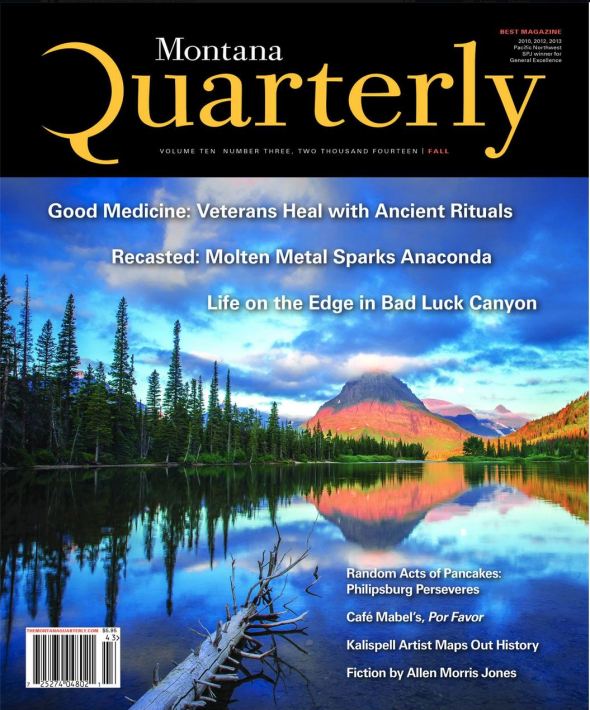
Mountain peaks are really what distinguish one particular mountain over another. I've waited for hours for clouds to clear from peaks before photographing them, even when the light was good it just seemed to me, that a mountain without a peak is like a human without a head. If you look closely at mountains, you'll find that they are almost like snow flakes, no two of them are exactly the same. So, it was my thought that in order to present a mountain, the peak, the most distinguishing feature of a mountain must be in the image, even if most of the rest of it is not. Moreover, I've look at thousands of my own mountain photographs, and felt that in almost every case where the peak was absent, the photograph did not work. I still feel that way - sort of.
This photograph of Sinopah Mountain reflecting in Pray Lake, in Glacier National Park, is a perfect example of how a photograph of a mountain, without a peak can work. Do you know why it works?
What are your thoughts? Do you have examples of photographs of mountains where you've either cropped the peak, or it was there but not visible? Or maybe you've seen other photographs of mountains with no peak that you think work? What do you think? Does this photograph of Sinopah Mountain, in Glacier National Park work? Scott thought so, and I agree with him.
Tony Bynum
Montana Based Photographer
Why we are Photographers - dedication, passion, purpose
We are photographers because it is who we are. I have run across few things that explain the details as well as Dave Black, Robert Beck, George Karbus do in this video by Cory Rich. If you are a photographer, you might not be able to get through this without sharing Dave's reaction yourself. Don't blame me, I warned you.
DEDICATED from Corey Rich on Vimeo.
Sincerely,
Tony Bynum
Montana Photographer




























